 n this our most extensive collection, we are proud to feature locomotives, rolling stock, and location shots from dozens of independent and conglomerate SHORTLINE railroads both current and defunct, both well known and obscure. Deep South pikes form the core of this collection, but many shortlines along the eastern coast and in the midwest are also included. Many lines were photographed during the transition from steam to diesel motive power, and many more feature first- and second-generation diesel-electric movers. Newer collections represent our ongoing quest to explore and represent southern and eastern contemporary shortlines before they are absorbed or abandoned. Here at HawkinsRails, the shortline railroad is king of the road!
n this our most extensive collection, we are proud to feature locomotives, rolling stock, and location shots from dozens of independent and conglomerate SHORTLINE railroads both current and defunct, both well known and obscure. Deep South pikes form the core of this collection, but many shortlines along the eastern coast and in the midwest are also included. Many lines were photographed during the transition from steam to diesel motive power, and many more feature first- and second-generation diesel-electric movers. Newer collections represent our ongoing quest to explore and represent southern and eastern contemporary shortlines before they are absorbed or abandoned. Here at HawkinsRails, the shortline railroad is king of the road!

 he story of American railroads has been told many times, and the ramifications of their growth have been explored by masters in the art of history and storytelling. The flamboyant romance of the our great
rail systems has been extolled by learned authors and motion picture
studios. But one aspect of America's rail lore has been neglected
like a country cousin, and that is exactly what it is: the realm of the
shortline country railroads. The very nature of the little pikes makes
them unique in contrast to the coldly efficient transcontinental
systems. The story of the shortline railroads needs to be told before it
is too late. Our little country-cousin roads are quickly disappearing.
he story of American railroads has been told many times, and the ramifications of their growth have been explored by masters in the art of history and storytelling. The flamboyant romance of the our great
rail systems has been extolled by learned authors and motion picture
studios. But one aspect of America's rail lore has been neglected
like a country cousin, and that is exactly what it is: the realm of the
shortline country railroads. The very nature of the little pikes makes
them unique in contrast to the coldly efficient transcontinental
systems. The story of the shortline railroads needs to be told before it
is too late. Our little country-cousin roads are quickly disappearing.
Clifton E. Hull / 1969
Premier Shortline Collection
Featured Shortline Collections
Transition Era

 t has been most interesting to discover that slow trains have thousands of other admirers who, for reasons which defy analysis, likewise seem devoted to their welfare. This point should be clearly understood: We do not ride them, or write about them, to make fun of their obsolete equipment and generally old-fashioned ways. The hobby has much in common with other nostalgic pursuits such as collecting trivets or doing over old farmhouses. Yet there is a considerable difference, too.
t has been most interesting to discover that slow trains have thousands of other admirers who, for reasons which defy analysis, likewise seem devoted to their welfare. This point should be clearly understood: We do not ride them, or write about them, to make fun of their obsolete equipment and generally old-fashioned ways. The hobby has much in common with other nostalgic pursuits such as collecting trivets or doing over old farmhouses. Yet there is a considerable difference, too.
Any operating railroad, however small, is a living thing and not a curio. Its financial and personal roots go deep into local history and pride. It is almost true that the smaller the railroad, the more important it seems as an institution. Sentiment and dollars and cents get all scrambled up in a most delightful way, and it is for the spiritual qualities which they represent that many small, obsolete trains are passionately defended when their abandonment is proposed. Perhaps the sense of the community is so precious to us that any institution which symbolizes it takes on a value greater than the Interstate Commerce Commission will allow.
Archie Robertson /
Slow Train to Yesterday / 1943
Contemporary

 n the beginning all railroads were short lines. Most early charters were issues for railroads that magnitude of the 17-mile Mohawk & Hudson and the 26-mile Boston & Lowell. Few companies had the ambition of the Baltimore & Ohio: Baltimore to the Ohio River, which turned out to be nearly 400 miles, once they built it and measured it. Most of the early railroads soon combined with their neighbors to form longer railroads. Some short lines remained in existence for a variety of reasons: the owners were making sufficient return on their investment; shippers and passengers were content with local control; if the short line connected with only one large road, the large road was assured of the short line's business: the short line wasn't sufficiently profitable to attract the notice of a larger road.
n the beginning all railroads were short lines. Most early charters were issues for railroads that magnitude of the 17-mile Mohawk & Hudson and the 26-mile Boston & Lowell. Few companies had the ambition of the Baltimore & Ohio: Baltimore to the Ohio River, which turned out to be nearly 400 miles, once they built it and measured it. Most of the early railroads soon combined with their neighbors to form longer railroads. Some short lines remained in existence for a variety of reasons: the owners were making sufficient return on their investment; shippers and passengers were content with local control; if the short line connected with only one large road, the large road was assured of the short line's business: the short line wasn't sufficiently profitable to attract the notice of a larger road.
The dominant trend, though, was for merger and growth, and that trend continued from the beginning of the railroad era in the United States through the 1960s - sometimes faster, sometimes slower, at first to meet competition from other railroads, later to meet competition from other modes of transportation. In 1970 the situation was altered suddenly and drastically.
Edward A. Lewis /
American Shortline Railway Guide
Shortline Holding Companies
Rebel Routes


 ur
HawkinsRails
roots are firmly planted in the Deep South — especially in Louisiana, Mississippi, and Alabama. As such, we've always had a keen interest in the southern ends of the Gulf Mobile & Ohio and Illinois Central north-south mainlines. This interest includes their their shortline predecessors and successors or shortlines which connected to their mainlines. That's why we've gathered here all our shortline materials related to our Rebel Routes family tree collection in Mainlines. Welcome aboard!
ur
HawkinsRails
roots are firmly planted in the Deep South — especially in Louisiana, Mississippi, and Alabama. As such, we've always had a keen interest in the southern ends of the Gulf Mobile & Ohio and Illinois Central north-south mainlines. This interest includes their their shortline predecessors and successors or shortlines which connected to their mainlines. That's why we've gathered here all our shortline materials related to our Rebel Routes family tree collection in Mainlines. Welcome aboard!
- Bonhomie & Hattiesburg Southern
- Canton & Carthage
- Columbus & Greenville
- Fernwood, Columbia & Gulf
- Gloster Southern
- Golden Triangle
- Great River
- Gulf & Ship Island 1
- Gulf & Ship Island 2
- Louisiana Eastern
- Louisiana Midland
- Louisiana & North West
- Mississippi & Alabama
- Mississippi Delta
- Mississippi Export
- Mississippi Central 1
- Mississippi Central 2
- Mississippi & Skuna Valley
- Mobile & Gulf
- North Louisiana & Gulf
- Ripley & New Albany
- Tremont & Gulf

See also our Rebel Routes featured Mainlines and Preservation collections
Southern Shortlines
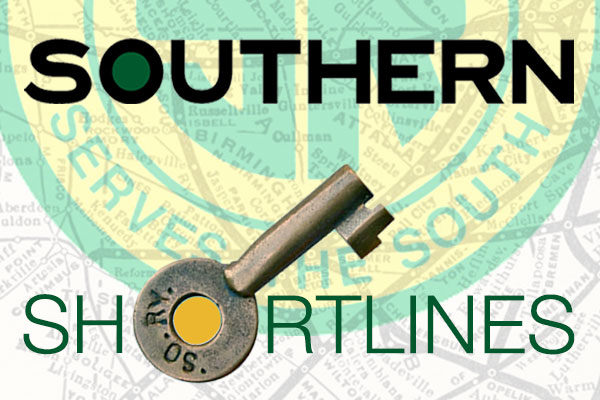

 outhern Serves the South. HawkinsRails has been a fan of the mighty Southern Railway system since the 1940s, when as a kid John would watch the streamlined Southerner come and go from his native New Orleans. Much later, Ralph came of age on high-hood road switchers in Southern tuxedo stripes. As such, we've assembled a large Southern fallen flag scrapbook over in our Mainlines pages. Here in this collection, we've pulled together all our scrapbooks for shortlines that had a connection to the Southern Railway. Some were Southern subsidiaries, others were spinoffs, and most depended on the Southern for interchange service. Enjoy these shortline links, and remember: "Look Ahead. Look South."
outhern Serves the South. HawkinsRails has been a fan of the mighty Southern Railway system since the 1940s, when as a kid John would watch the streamlined Southerner come and go from his native New Orleans. Much later, Ralph came of age on high-hood road switchers in Southern tuxedo stripes. As such, we've assembled a large Southern fallen flag scrapbook over in our Mainlines pages. Here in this collection, we've pulled together all our scrapbooks for shortlines that had a connection to the Southern Railway. Some were Southern subsidiaries, others were spinoffs, and most depended on the Southern for interchange service. Enjoy these shortline links, and remember: "Look Ahead. Look South."
- Alabama Central
- Albany & Northern
- Alexander
- Atlantic & Western
- Bonhomie & Hattiesburg Southern
- Brimstone
- Caldwell County
- Chattahoochee Industrial
- Columbus & Greenville
- East Tennessee & Western N. Carolina
- Georgia, Ashburn, Sylvester & Camilla
- Georgia & Florida
- Georgia Northern
- Hartford & Slocomb
- Hartwell
- Huntsville & Madison County
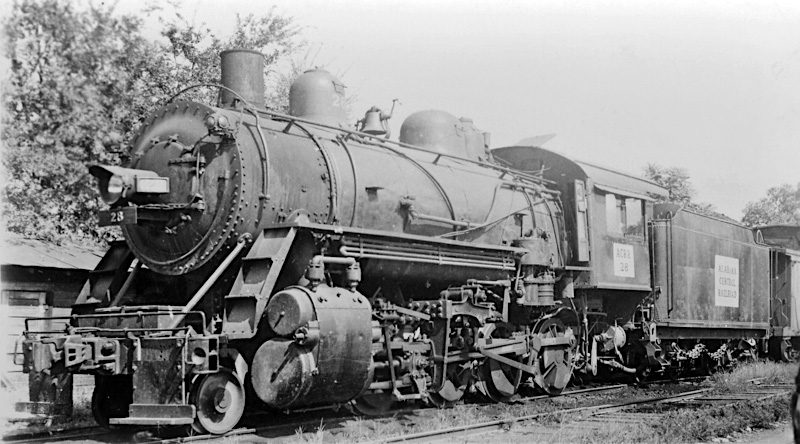
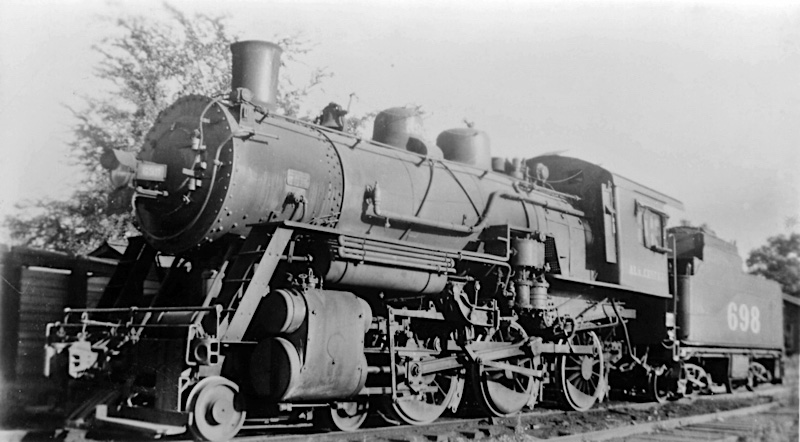
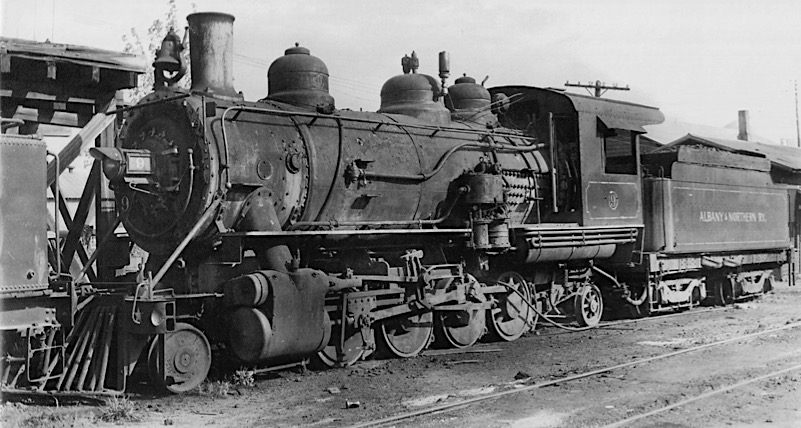
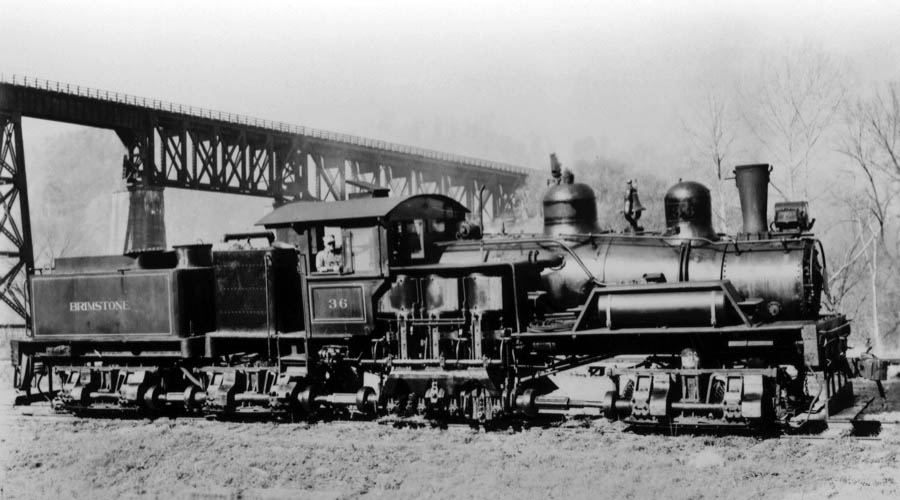
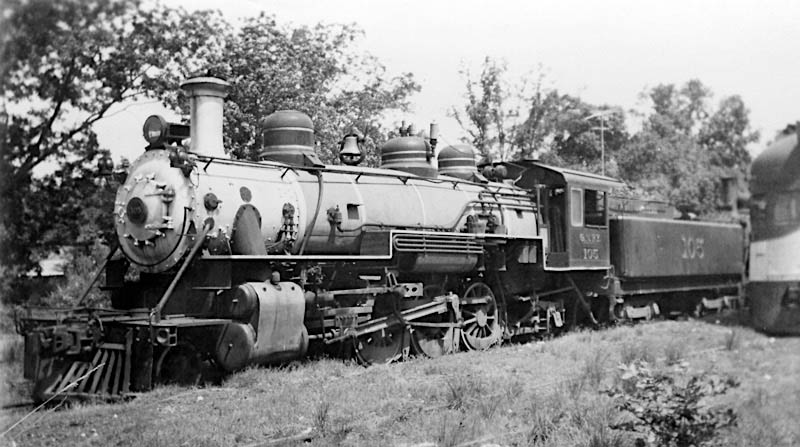
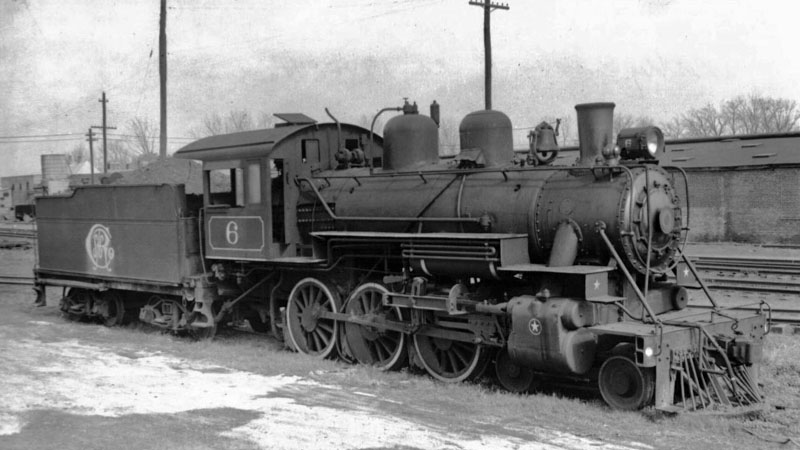
Wiregrass Routes

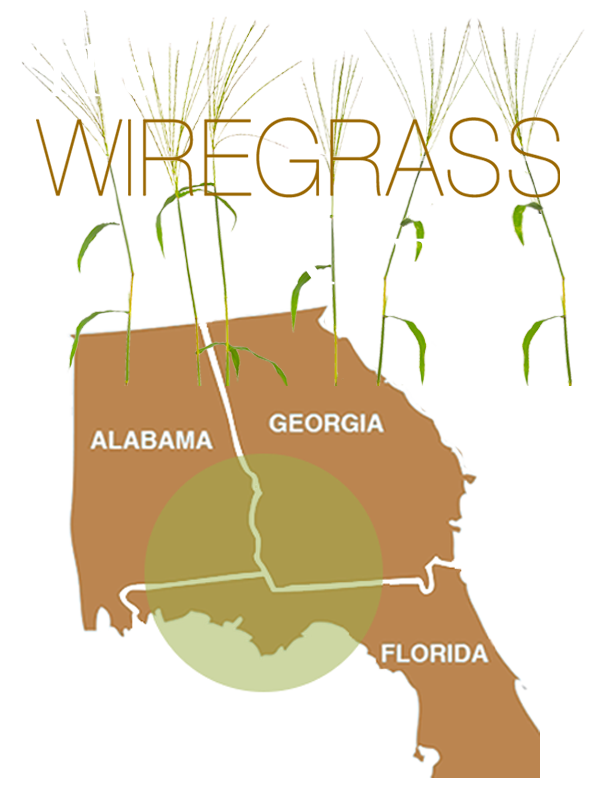
 ith our deep roots in the Deep South, over the decades
HawkinsRails
has enjoyed a great deal of railfanning in "Wiregrass Country" — southeast Alabama, southwest Georgia, and the panhandle of Florida. A large region known for its great agricultural and industrial bounty, many a shortline railroad has come and gone among the official grasslands of the South. Here in this collection, we have gathered to a bundle all of our shortline scrapbooks that relate to this interesting region of the country. Take a walk through the fields and join us, trackside.
ith our deep roots in the Deep South, over the decades
HawkinsRails
has enjoyed a great deal of railfanning in "Wiregrass Country" — southeast Alabama, southwest Georgia, and the panhandle of Florida. A large region known for its great agricultural and industrial bounty, many a shortline railroad has come and gone among the official grasslands of the South. Here in this collection, we have gathered to a bundle all of our shortline scrapbooks that relate to this interesting region of the country. Take a walk through the fields and join us, trackside.
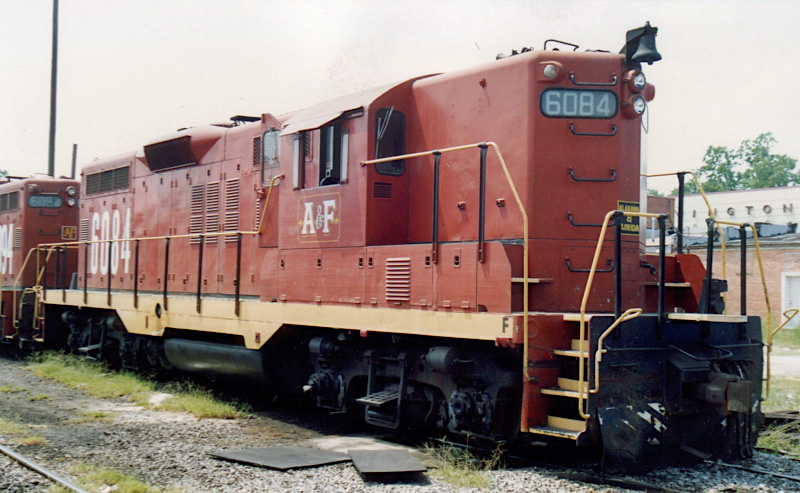
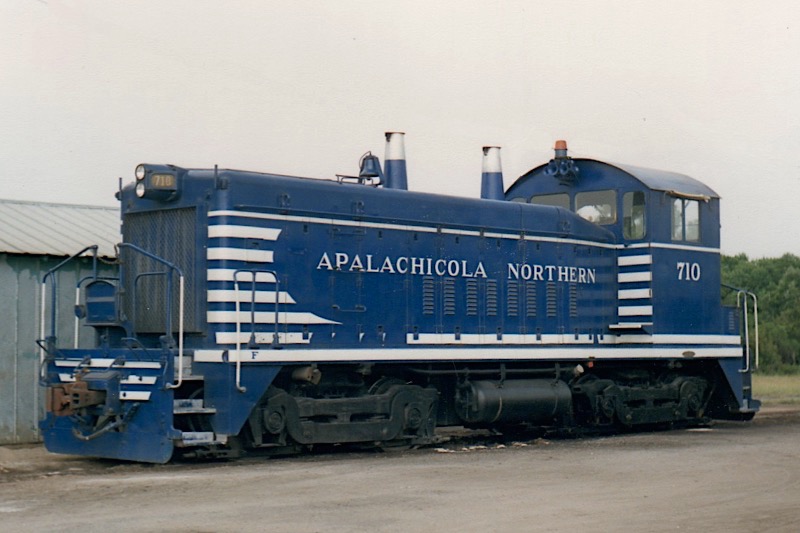

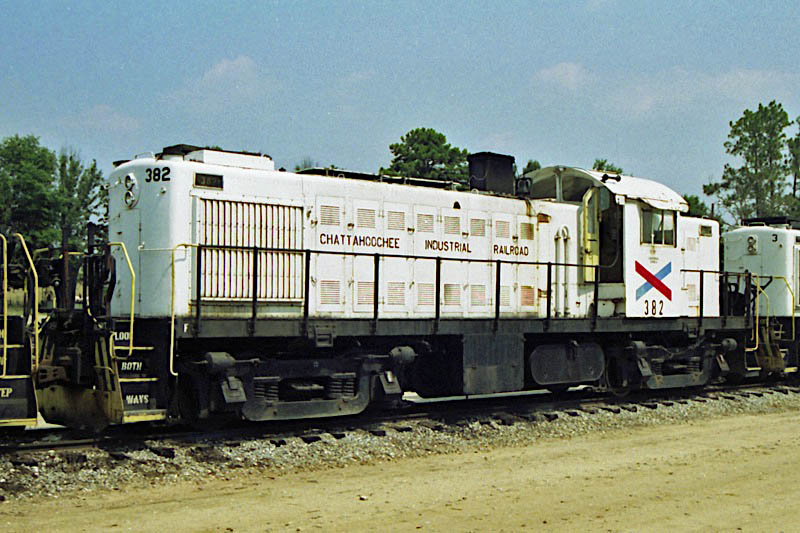
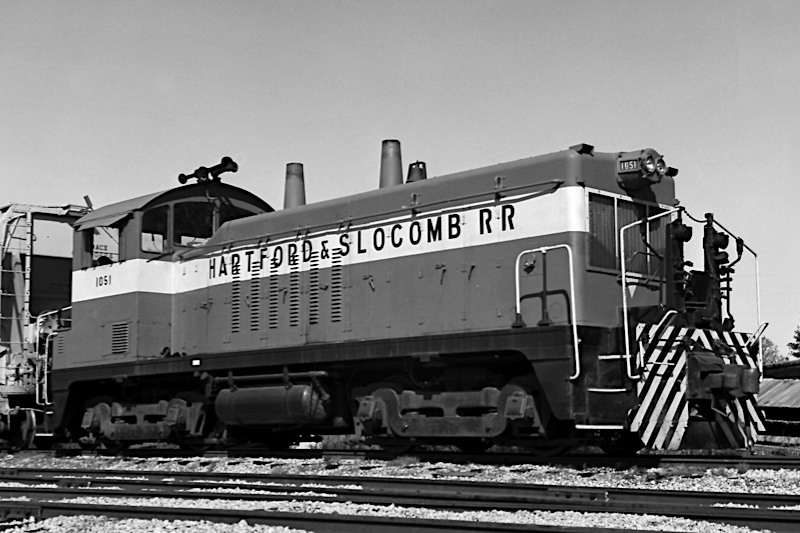
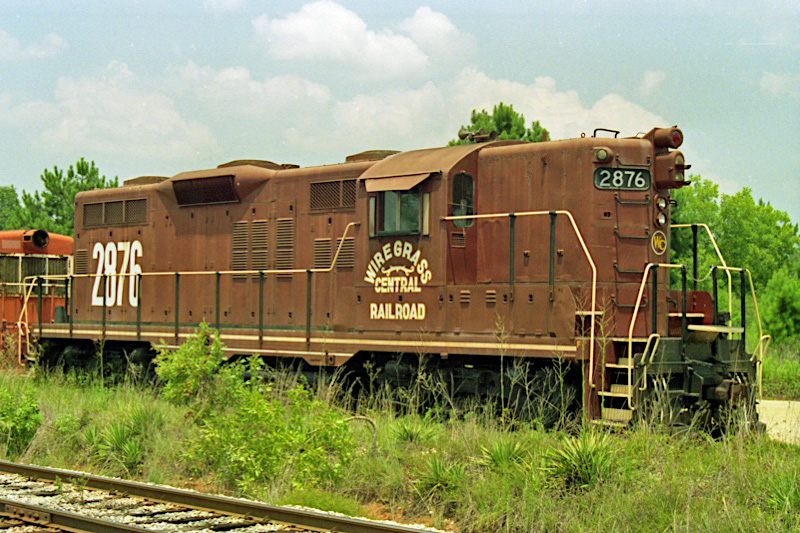
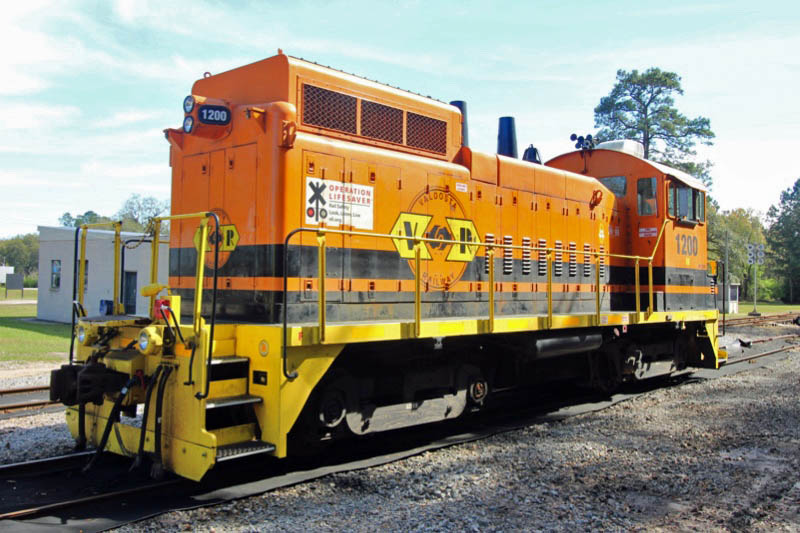






Tedder Shortlines

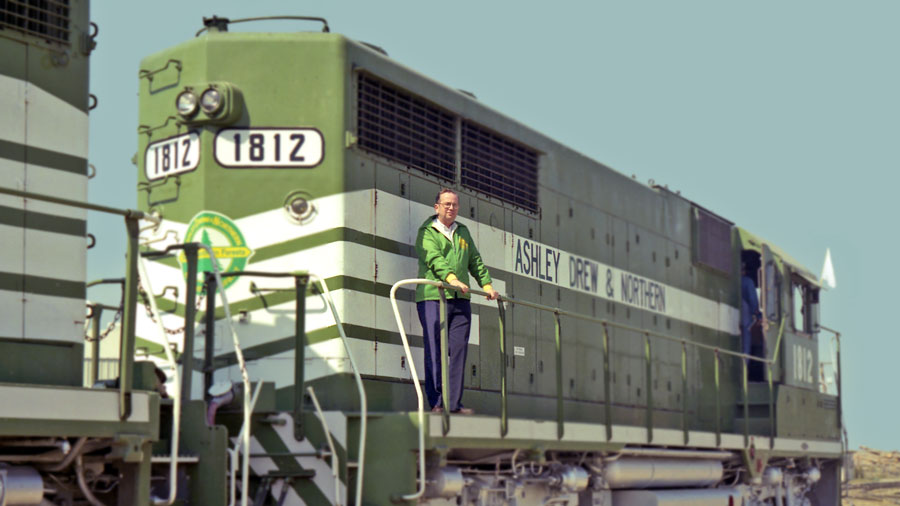
 tation clerk. Army transportation chief. Railroad president. Shortline author. Southern Gentleman. A man of deep faith and many friends. The late Samuel Russell Tedder (1935-2019) conducted a remarkable career in Deep South shortline railroading. From humble beginnings as a teenage station agent in the panhandle of Florida, Mr. Tedder worked his way up to retire as Georgia Pacific's director of corporate rail service. Along the way, he watched over dozens of successful shortline operations. He served as chairman of the board of the American Shortline Railroad Association. With G-P railroads, he left his mark on the locomotive fleet by designing the corporate paint scheme — including his trademark "Tedder Green" (above). In retirement, Russell authored ForestRails: Georgia-Pacific’s Railroads, a 500 page volume illustrated with over 600 photographs depicting the history of the G-P railroads.
tation clerk. Army transportation chief. Railroad president. Shortline author. Southern Gentleman. A man of deep faith and many friends. The late Samuel Russell Tedder (1935-2019) conducted a remarkable career in Deep South shortline railroading. From humble beginnings as a teenage station agent in the panhandle of Florida, Mr. Tedder worked his way up to retire as Georgia Pacific's director of corporate rail service. Along the way, he watched over dozens of successful shortline operations. He served as chairman of the board of the American Shortline Railroad Association. With G-P railroads, he left his mark on the locomotive fleet by designing the corporate paint scheme — including his trademark "Tedder Green" (above). In retirement, Russell authored ForestRails: Georgia-Pacific’s Railroads, a 500 page volume illustrated with over 600 photographs depicting the history of the G-P railroads.
Always a friend to railfans, the Hawkins enjoyed many an excursion on Mr. Tedder's shortlines (always wearing our respective hats). In his retirement, Russell was a great supporter of HawkinsRails. He contributed lots of written materials and many images to our shortline scrapbooks. He and John worked together to produce O Scale models of Live Oak Perry & Gulf motive power. In gratitude for his great friendship over so many years, we've gathered here all our collections for shortlines with which Mr. Tedder had an association. Long live Tedder Green!
- Live Oak, Perry & Gulf
- South Georgia
- Sabine River & Northern
- Ashley, Drew & Northern
- Fordyce & Princeton
- Gloster Southern
- Columbia & Silver Creek
- Arkansas & Louisiana Missouri
- Arkansas Railroad Museum
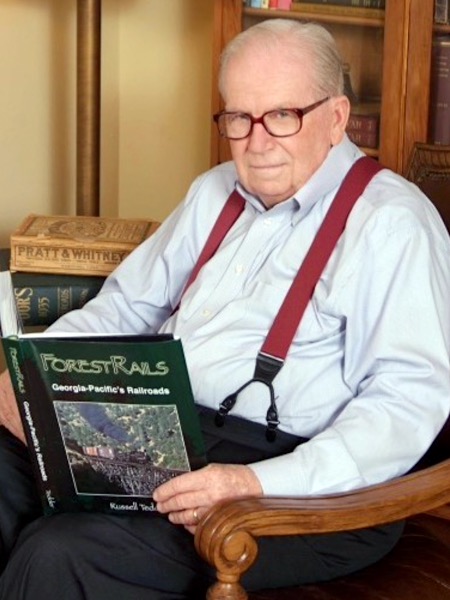
Rust Belt Routes
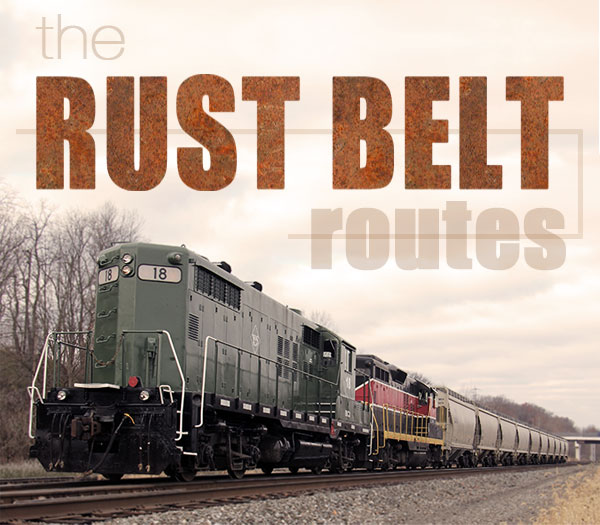
 decade living north of Pittsburgh introduced
HawkinsRails
to railfanning in the so-called Rust Belt region, the railroad-rich industrial heartland of America. We enjoyed cataloging a number of great shortlines in these states, especially around western Pennsylvania and eastern Ohio. We have gathered these scrapbooks here in our Rust Belt Routes collection.
decade living north of Pittsburgh introduced
HawkinsRails
to railfanning in the so-called Rust Belt region, the railroad-rich industrial heartland of America. We enjoyed cataloging a number of great shortlines in these states, especially around western Pennsylvania and eastern Ohio. We have gathered these scrapbooks here in our Rust Belt Routes collection.
- Ashland
- Ashtabula, Carson & Jefferson
- Central Rwy of Indianapolis
- Everett
- Kanawha River Terminal
- Kiski Junction
- Napoleon, Defiance & Western
- New Castle Industrial
- Northern Ohio & Western
- Ohio Central System
- Ohi-Rail Corporation
- Oil Creek & Titusville Lines
- Pittsburgh & Ohio Central
- South Branch Valley
- Turtle Creek Industrial
- Union
- Western New York & Pennsylvania
- West Virginia Central
- Winamac Southern
- Youngstown & Austintown
- Youngstown & Southeastern

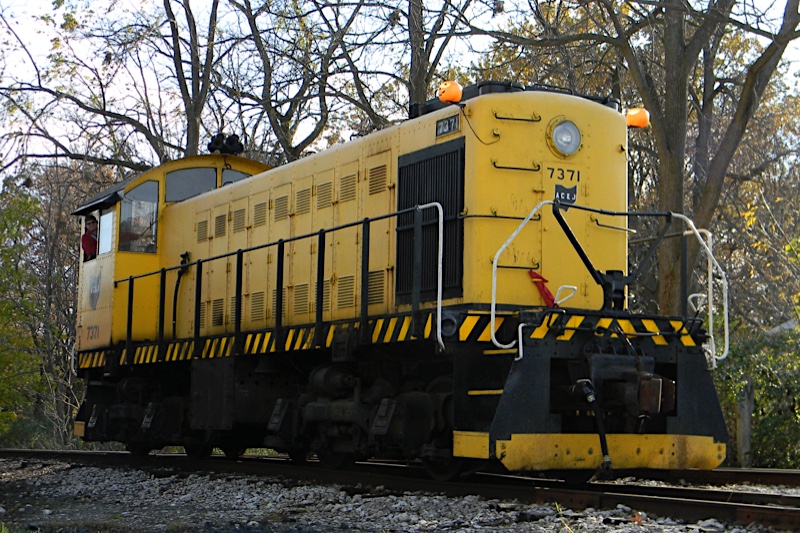
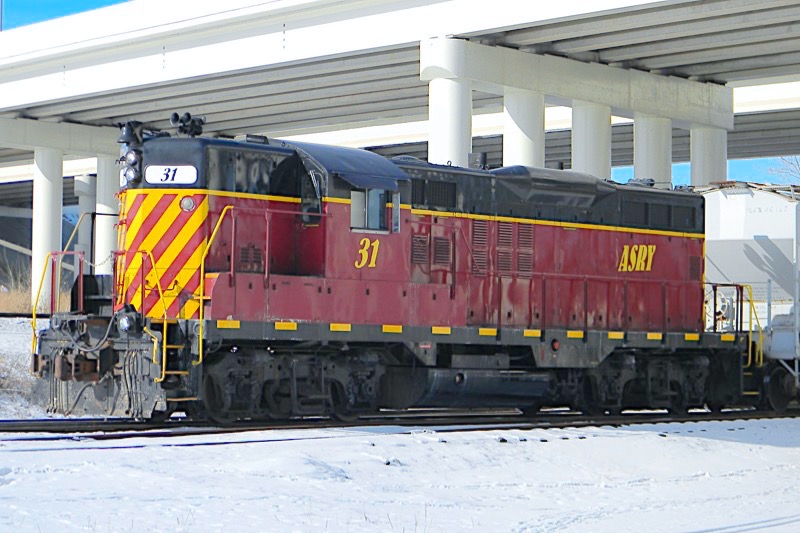
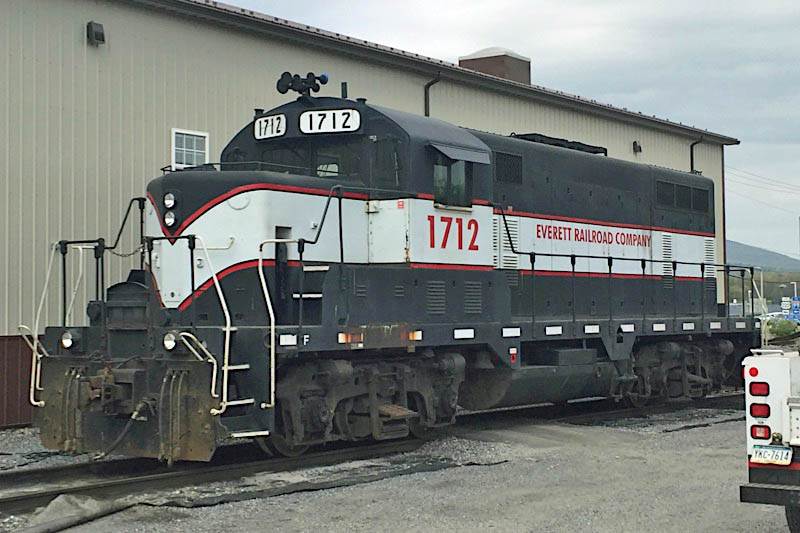
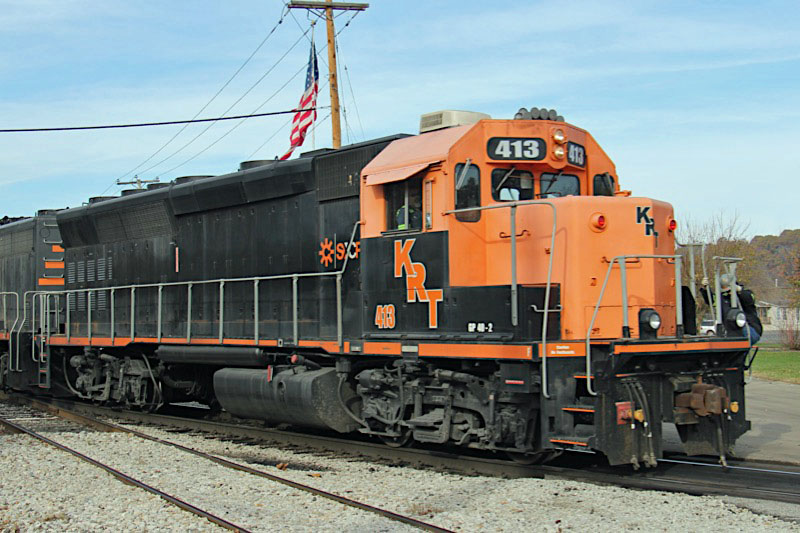

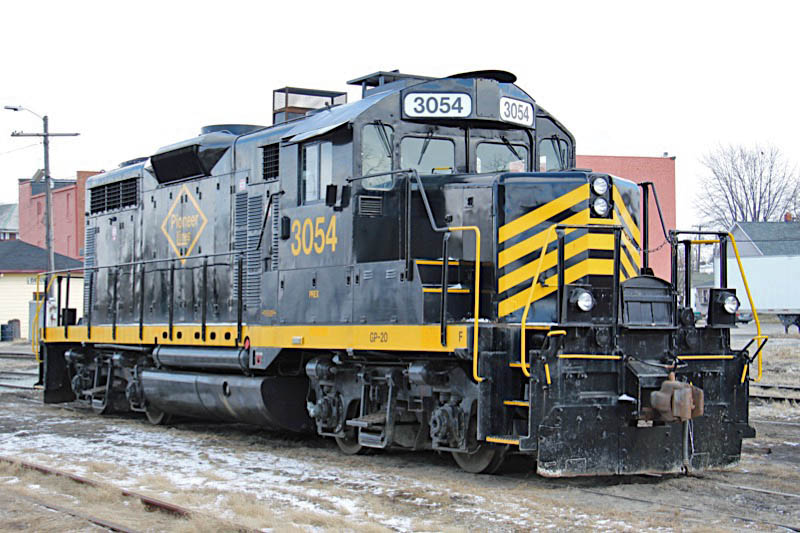






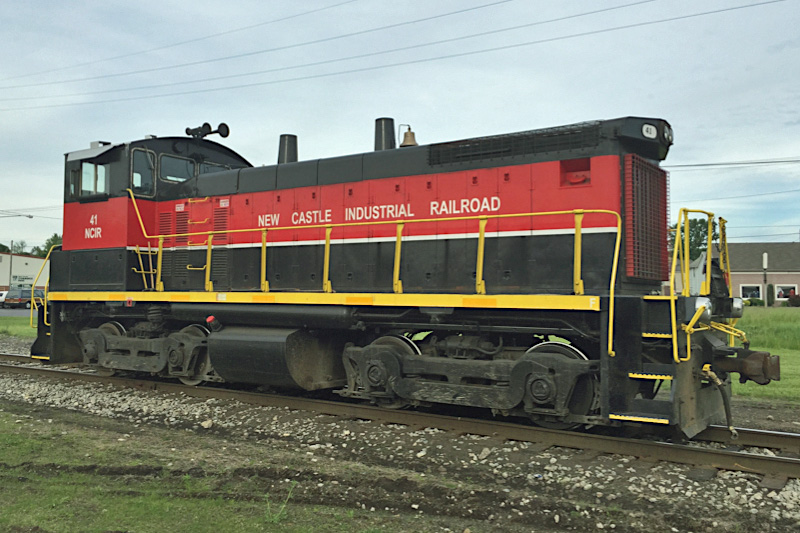
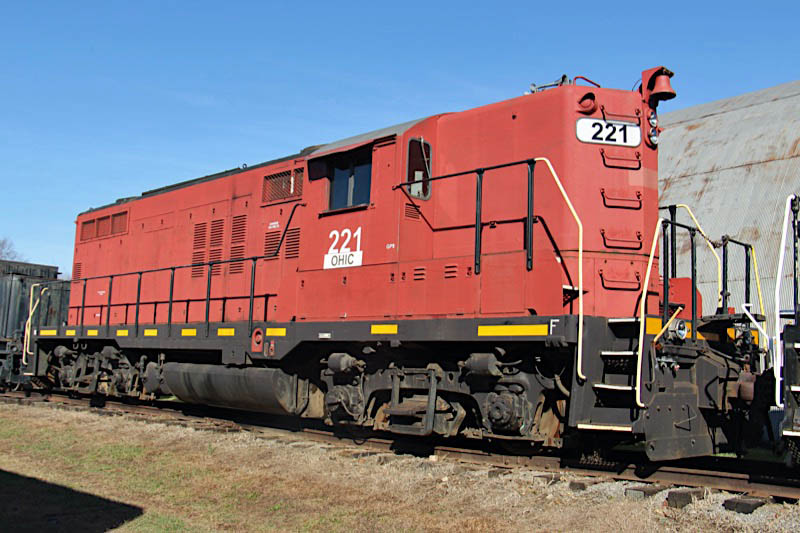
Thoroughbred Shortlines
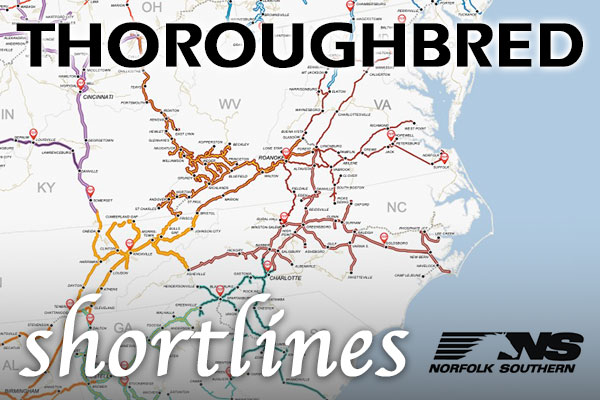
 ere at HawkinsRails, the shortline railroad is king! But as charming and unique as they can be, shortlines would not exist without a mainline interchange somewhere along the line. We've been following Norfolk Southern since day one of the Southern Railway and Norfolk & Western merger, so naturally we've been interested in all the shortlines that interchange with the Thoroughbred of Transportation in the eastern United States. Here are all our scrapbooks of shortlines that have connected with the NS, including those born during the NS Thoroughbred Shortline Program of the late 1980s.
ere at HawkinsRails, the shortline railroad is king! But as charming and unique as they can be, shortlines would not exist without a mainline interchange somewhere along the line. We've been following Norfolk Southern since day one of the Southern Railway and Norfolk & Western merger, so naturally we've been interested in all the shortlines that interchange with the Thoroughbred of Transportation in the eastern United States. Here are all our scrapbooks of shortlines that have connected with the NS, including those born during the NS Thoroughbred Shortline Program of the late 1980s.
- Aberdeen, Carolina & Western

- Aberdeen & Rockfish
- Alexander
- Arcade & Attica
- Ashland
- Ashtabula, Carson & Jefferson
- Atlantic & Western
- Buckingham Branch
- Caldwell County
- Canton
- CaterParrott Railnet
- Central Rwy of Indianapolis

- Chattooga & Chickamauga

- Chesapeake & Albemarle

- Columbus & Greenville
- East Tennessee
- Everett
- Georgia Central
- Georgia & Florida
- Georgia Southern
- Golden Triangle
- Great Walton

- Hartwell
- Heart of Georgia
- Huntsville & Madison County
- Kanawha River Terminal
- Meridian & Bigbee
- Mississippi Central
- Mississippi Export
- New Castle Industrial
- New Orleans Public Belt
- Northern Ohio & Western
- Oil Creek & Titusville Lines
- Pearl River Valley
- Pickens

- Pittsburgh & Ohio Central
- Sandersville
- Terminal Railway Alabama State Docks
- Terminal Railway Assoc of St Louis
- Union
- Valdosta Southern
- Western New York & Pennsylvania
- Winamac Southern
- Winchester & Western
- Yadkin Valley

- Youngstown & Austintown
- Youngstown & Southeastern
All Shortline Collections
- Aberdeen, Carolina & Western
- Aberdeen & Rockfish
- Aiken
- Alabama Central
- Alabama & Florida
- Alabama, Tennessee & Northern
- Albany & Northern
- Alexander
- Apalachicola Northern
- Arcade & Attica
- Arkansas & Missouri
- Arkansas & Louisiana Missouri
- Ashland
- Ashley, Drew & Northern
- Ashtabula, Carson & Jefferson
- Atlanta & St. Andrews Bay
- Atlanta, Stone Mtn & Lithonia
- Atlantic & Western
- Baltimore & Annapolis
- Bay Line
- Bevier & Southern
- Big Eagle
- Bonhomie & Hattiesburg Southern
- Brimstone
- Buckingham Branch
- Buffalo Creek & Gauley
- Caldwell County
- Caney Fork & Western
- Canton
- Canton & Carthage
- CaterParrott Railnet
- Central Rwy of Indianapolis
- Charleston & Western Carolina
- Chattahoochee Industrial
- Chattahoochee Valley
- Chattooga & Chickamauga
- Chesapeake & Albemarle
- Columbus & Greenville
- Conecuh Valley
- Dardanelle & Russellville
- DeKalb & Western
- Delta Southern
- De Queen & Eastern
- Eastern Shore
- East Tennessee
- East Tennessee & Western N. Carolina
- El Dorado & Wesson
- Everett
- Fernwood, Columbia & Gulf
- First Coast
- Fordyce & Princeton
- Ft Dodge, Des Moines & Southern
- Gainesville Midland
- Galveston Wharves
- Genesee & Wyoming
- Georgia, Ashburn, Sylvester & Camilla
- Georgia Central
- Georgia & Florida
- Georgia Northern
- Georgia Southern
- Gloster Southern
- Golden Isles Terminal
- Golden Triangle
- Great River
- Great Walton
- Green Mountain
- Greenville & Western
- Gulf & Ohio
- Gulf & Ship Island 1
- Gulf & Ship Island 2
- Hartford & Slocomb
- Hartwell
- Heart of Georgia
- Huntsville & Madison County
- Indiana Boxcar
- Interstate
- Jonesboro, Lake City & Eastern
- Kanawha River Terminal
- Kiamichi
- Kiski Junction
- Live Oak, Perry & Gulf
- Louisiana & Delta
- Louisiana Eastern
- Louisiana Midland
- Louisiana & Northwest
- Louisiana Southern
- Macon, Dublin & Savannah
- Maine Eastern
- Marianna & Blountstown
- Massachusetts Central
- Meridian & Bigbee
- Mississippian
- Mississippi & Alabama
- Mississippi Delta
- Mississippi Export
- Mississippi Central 1
- Mississippi Central 2
- Mississippi & Skuna Valley
- Missouri & Arkansas
- Mobile & Gulf
- Moscow, Camden & San Augustine
- Napoleon, Defiance & Western
- Natchez, Urania & Ruston
- New Castle Industrial
- New Orleans & Gulf Coast
- New Orleans Public Belt
- North Louisiana & Gulf
- Northern Ohio & Western
- Ohio Central System
- Ohi-Rail Corporation
- Oil Creek & Titusville Lines
- Patriot Rail
- Pearl River Valley
- Pickens
- Pioneer Lines
- Pittsburgh & Ohio Central
- Prescott & Northwestern
- Rio Grande Southern
- Ripley & New Albany
- Rock Island Rail
- St. Marys
- Sandersville
- Savannah & Atlanta
- Sequatchie Valley
- Shenandoah Valley
- Smoky Mountain
- South Branch Valley
- South Georgia
- Strasburg
- Sumter & Choctaw
- Tennessee, Alabama & Georgia
- Terminal Railway Alabama State Docks
- Terminal Railway Assoc of St Louis
- Texas, Oklahoma & Eastern
- Texas South-Eastern
- Three Notch
- Tremont & Gulf
- Turtle Creek Industrial
- Tuskegee
- Union
- Valdosta Southern
- Western Carolina Railway Service
- Western New York & Pennsylvania
- West Virginia Central
- Winamac Southern
- Winchester & Western
- Wiregrass Central
- Wrightsville & Tennille
- Yadkin Valley
- Youngstown & Austintown
- Youngstown & Southeastern

 he surviving short-line railroads, which are of more than sentimental interest to their hundreds of thousands of employees and bondholders and to the twelve thousand small towns located on their tracks, have their own organization, the Short Line Association. Nearly two hundred are too poor to pay the modest dues which would make them members; their average length has been estimated at twenty-five miles and the average age of their engines at twenty-five years. Their standard definition is a railroad which is short in mileage, or in revenues, or in both. They also have their own song, sung at a Short Line Association Convention:
he surviving short-line railroads, which are of more than sentimental interest to their hundreds of thousands of employees and bondholders and to the twelve thousand small towns located on their tracks, have their own organization, the Short Line Association. Nearly two hundred are too poor to pay the modest dues which would make them members; their average length has been estimated at twenty-five miles and the average age of their engines at twenty-five years. Their standard definition is a railroad which is short in mileage, or in revenues, or in both. They also have their own song, sung at a Short Line Association Convention:
We're just as wide,
Though not so long,
And that is why
We sing this song.
Happy day, Happy day,
When dividends
We all will pay.
Archie Robertson /
Slow Train to Yesterday / 1943
The Name Game
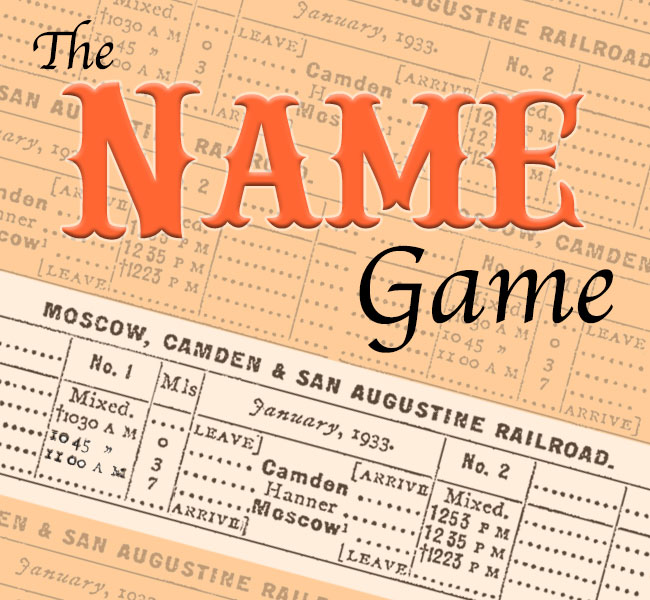
 hat's in a name? When it comes to railroads, a lot. And shortlines are no exception. A strong name sets an operation apart from other lines, tells a story about where trains are going and where they've come from, and — when a moniker rolls playfully of the tongue — brings a smile to a railroad historian's face on down the line. A good appellation can even make the shortest of shortlines sound like the Standard Railway of the World. Here at HawkinsRails, we've always enjoyed a superlative shortline surname. Gathered below are scrapbooks for some of our favorite roads with beloved names. Enjoy each excellent epithet!
hat's in a name? When it comes to railroads, a lot. And shortlines are no exception. A strong name sets an operation apart from other lines, tells a story about where trains are going and where they've come from, and — when a moniker rolls playfully of the tongue — brings a smile to a railroad historian's face on down the line. A good appellation can even make the shortest of shortlines sound like the Standard Railway of the World. Here at HawkinsRails, we've always enjoyed a superlative shortline surname. Gathered below are scrapbooks for some of our favorite roads with beloved names. Enjoy each excellent epithet!
- Aberdeen, Carolina & Western
- Aberdeen & Rockfish
- Apalachicola Northern
- Arcade & Attica
- Ashley, Drew & Northern
- Ashtabula, Carson & Jefferson
- Atlantic & Western
- Bonhomie & Hattiesburg Southern
- Buffalo Creek & Gauley
- Caney Fork & Western
- Columbus & Greenville
- Dardanelle & Russellville
- Fernwood, Columbia & Gulf
- Georgia, Ashburn, Sylvester & Camilla
- Jonesboro, Lake City & Eastern
- Live Oak, Perry & Gulf
- Macon, Dublin & Savannah
- Mississippi & Skuna Valley
- Moscow, Camden & San Augustine
- Napoleon, Defiance & Western
- Natchez, Urania & Ruston
- New Orleans & Gulf Coast
- Sumter & Choctaw
- Tennessee, Alabama & Georgia
- Wrightsville & Tennille

 he steam railroads of the storied and humble South were, like the land, in variance. Bridging distance were such carriers as the Southern Railway itself. Those of scant mileage were typified by North Carolina's 3-mile Cliffside Railroad. Both painted some of their locomotives green. Like the Southern, the Cliffside often ran indifferent to speed; but that was because Cliffside had no place to go. There were, too, Dixie railroads whose motive power was not so lavishly painted — and sometimes was not painted at all, getting along as best it could with numberless tenders and rusted appurtenances.
he steam railroads of the storied and humble South were, like the land, in variance. Bridging distance were such carriers as the Southern Railway itself. Those of scant mileage were typified by North Carolina's 3-mile Cliffside Railroad. Both painted some of their locomotives green. Like the Southern, the Cliffside often ran indifferent to speed; but that was because Cliffside had no place to go. There were, too, Dixie railroads whose motive power was not so lavishly painted — and sometimes was not painted at all, getting along as best it could with numberless tenders and rusted appurtenances.
Inventiveness came second nature to men who operated neglected locomotives. Nearly all of the South's railroaders shared alike in the meeting of life and job with honesty. They worked hard and frequently long. They knew what it was to laugh with themselves, at themselves, and at their locomotives. Laughter proved a satisfying emotion. The men spent lifetimes on the railroad enjoying it. Most of these railroaders worked unheralded. They lived on hayseed farms and in hick towns, but no matter. It was home. It was a home with ham and chicken in the center of the table and a blessing on the side. The head of the family, were he a trainman, may have missed full schooling, but he usually made up for it with ingenuity and geniality. He was, to those around him, as much a hero as one of the South's greatest — Casey Jones. The people would hear of Illinois Central's Casey, but they knew the unfabled man who rode the tracks beside their homesteads.
Every one of these men was a part of the United States.
More important to Southerners, he was a part of us.
H. Reid / Extra South / 1964
Links
- American Short Line and Regional Railroad Association
- A Short Line Railroad Guide To U.S. Class III Carriers
- Wikipedia article on United States railroad classes
- What Are Short Line Railroads and Why Do They Matter?
- 10 Things You Didn't Know About Short Line Railroads
- Railroad Picture Archives shortline rosters
- Diesel Shop shortline locomotive rosters
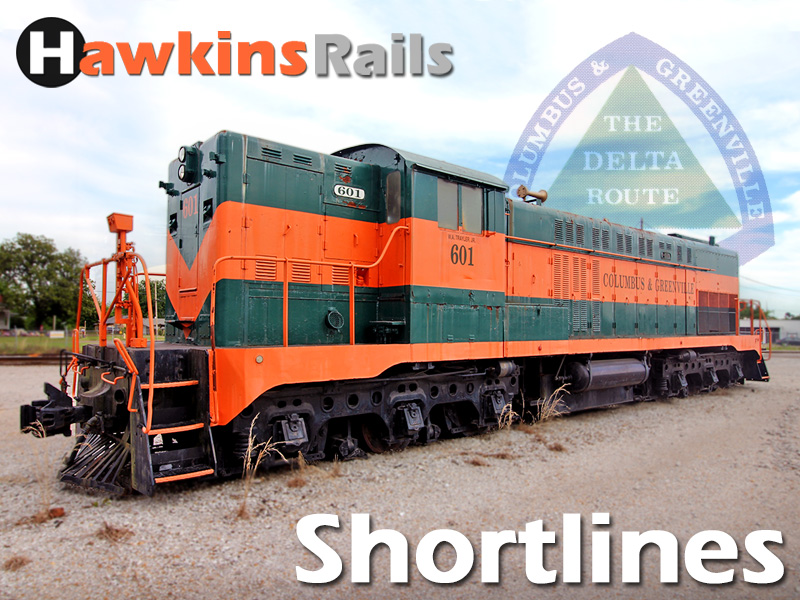

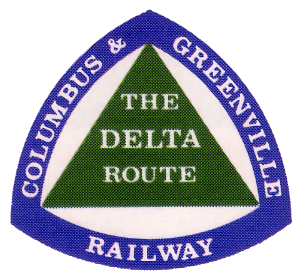
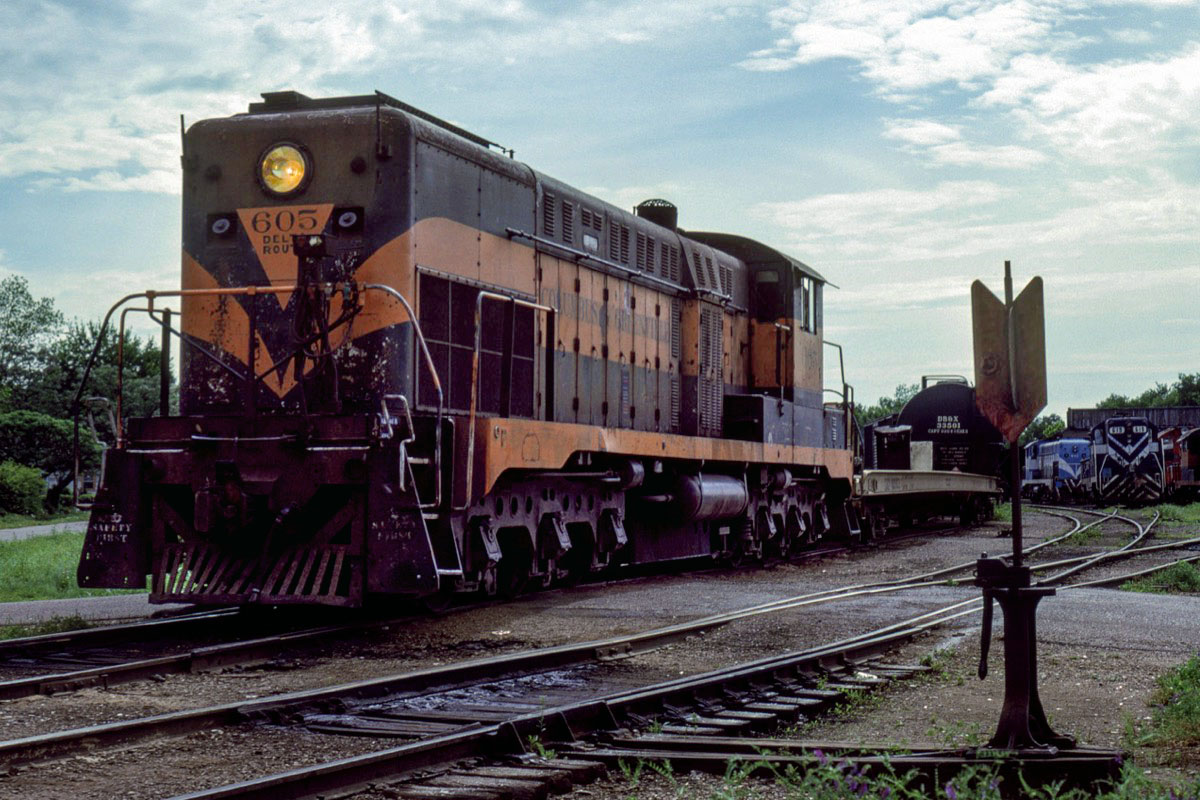
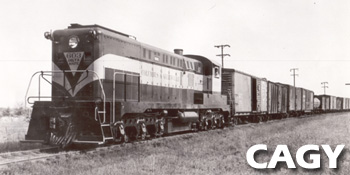

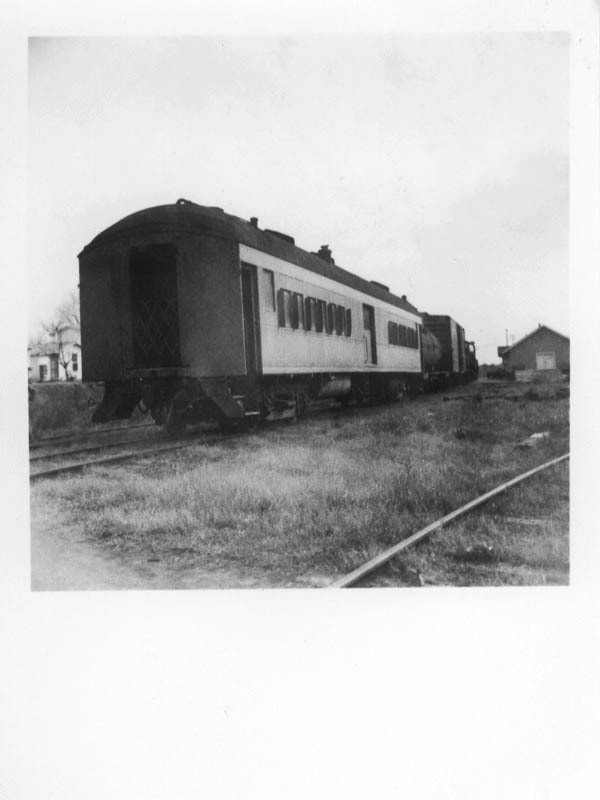
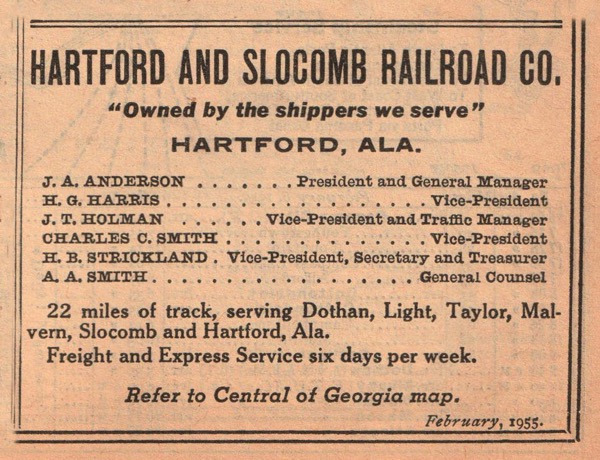

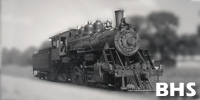
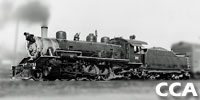

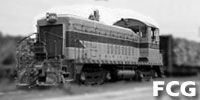
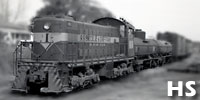
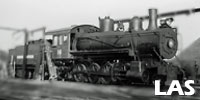
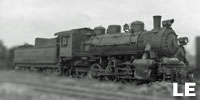
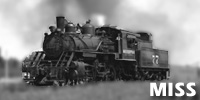
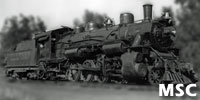

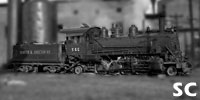
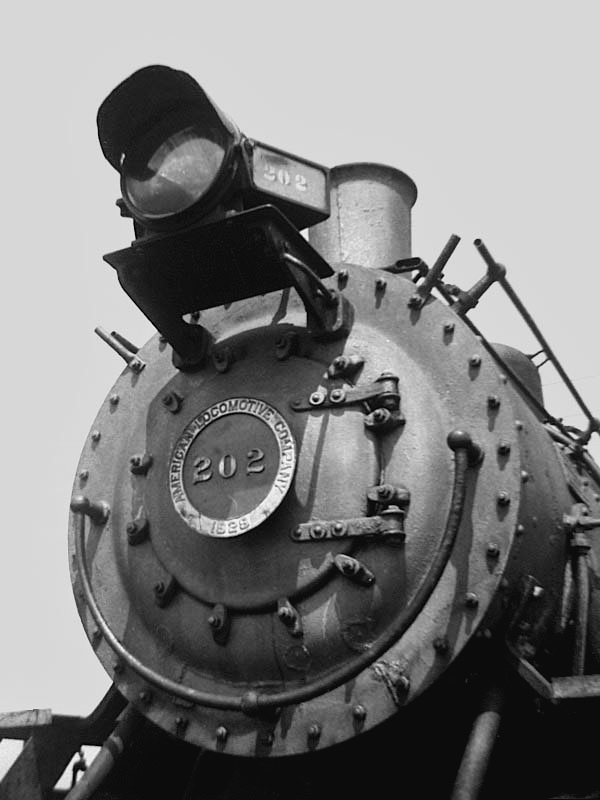
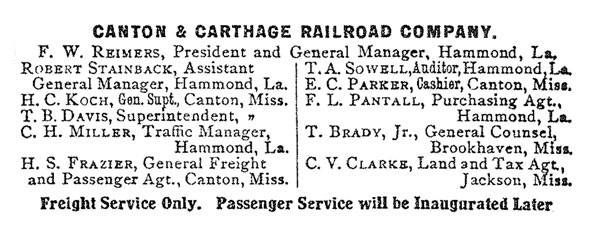
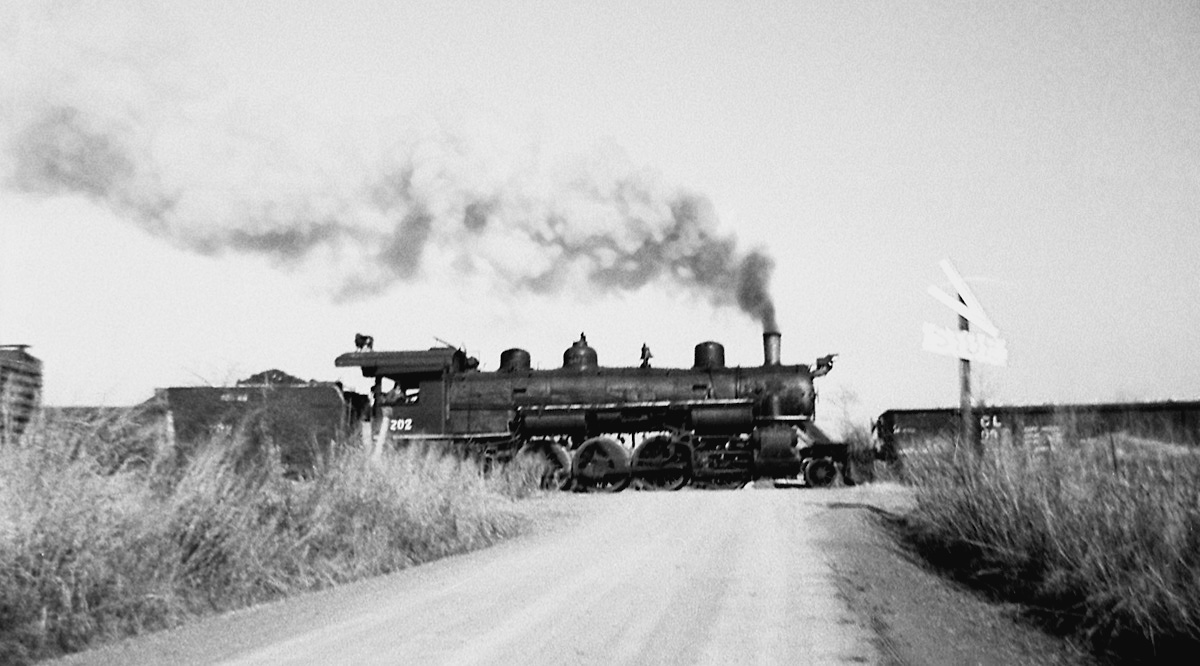
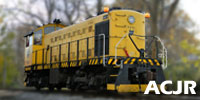

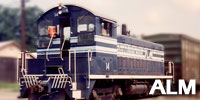
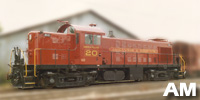
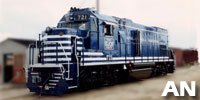
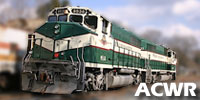

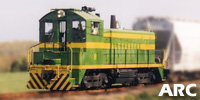
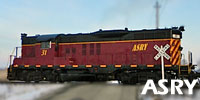
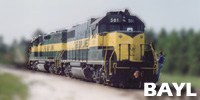
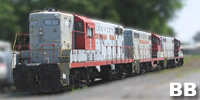
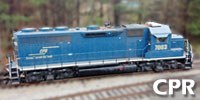
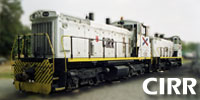

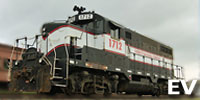
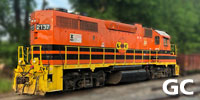

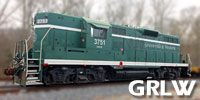
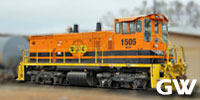

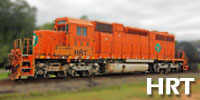
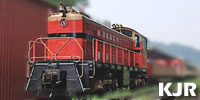

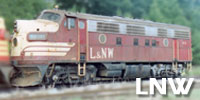
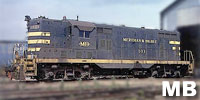
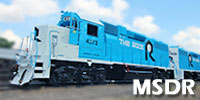
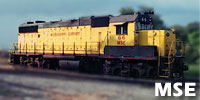
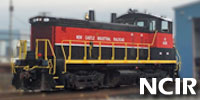
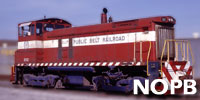
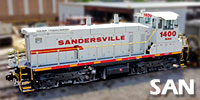
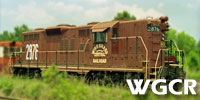
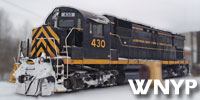

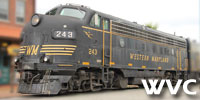

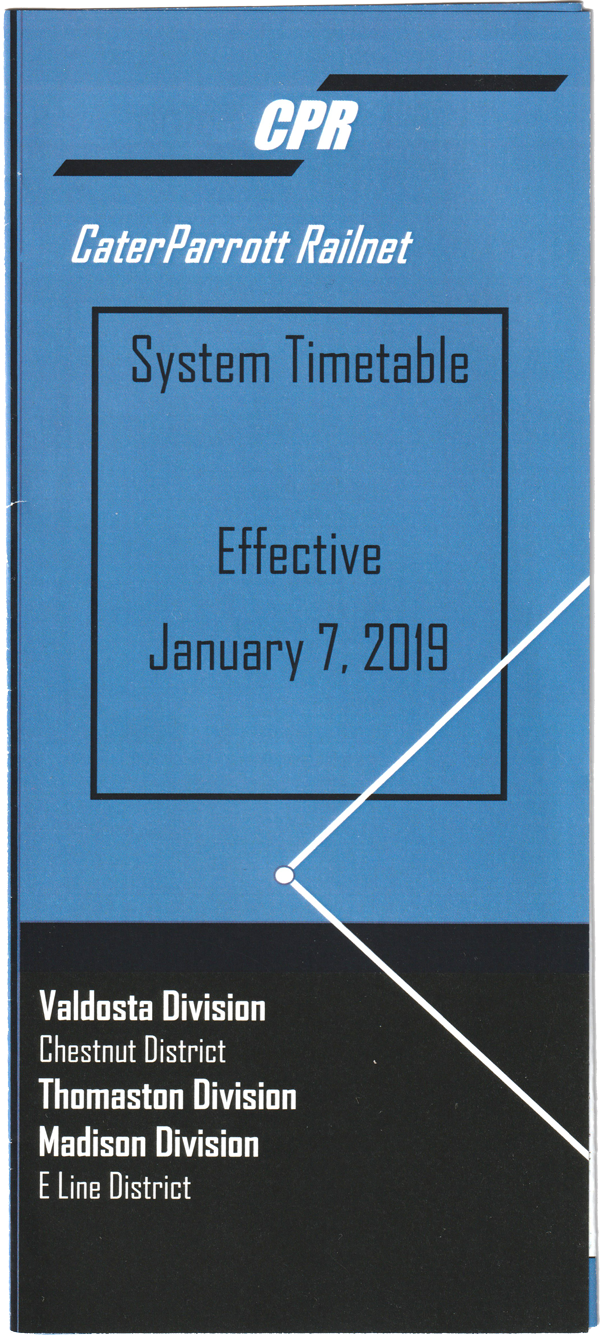
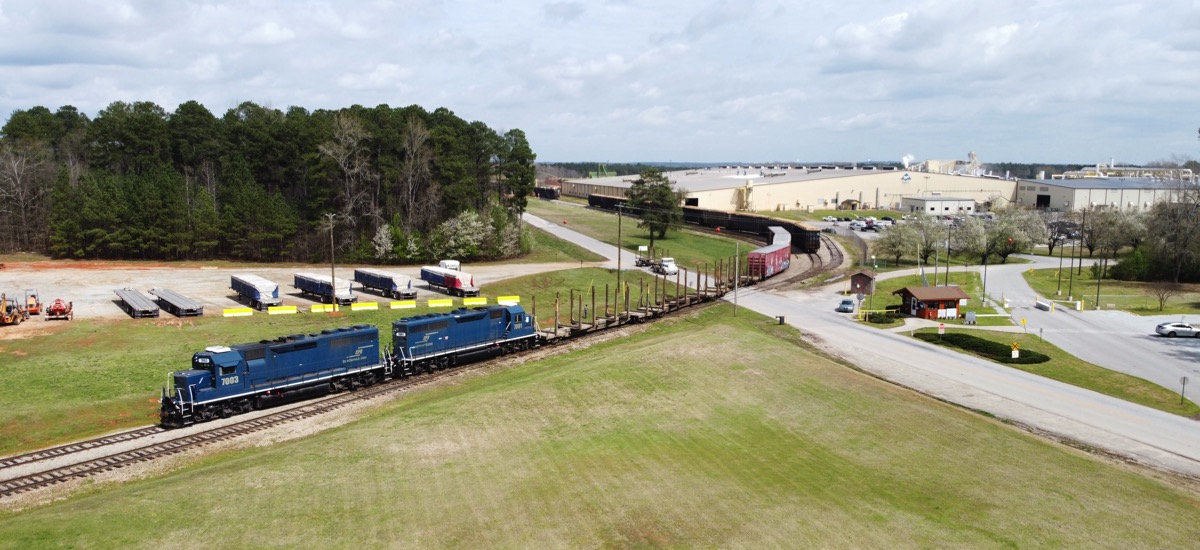
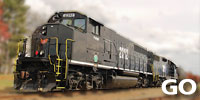
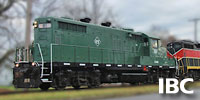
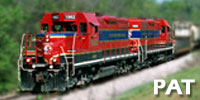
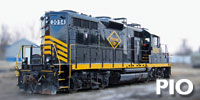




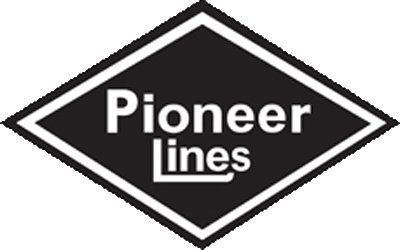
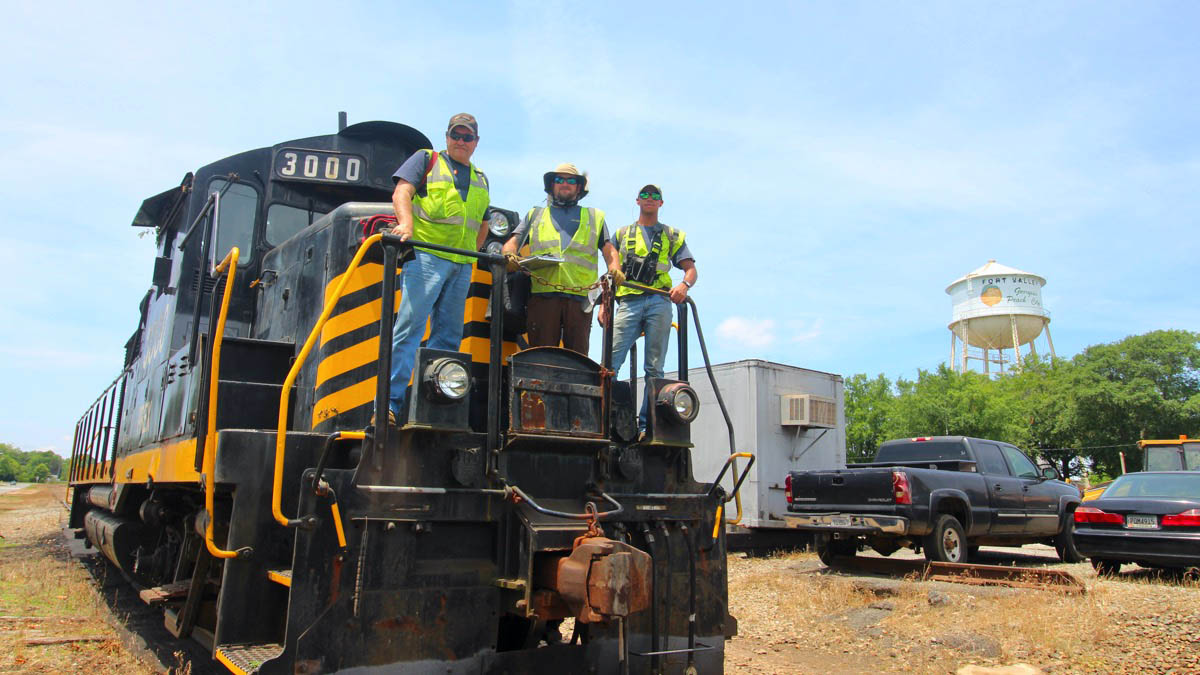
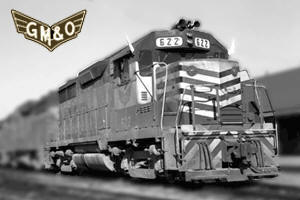

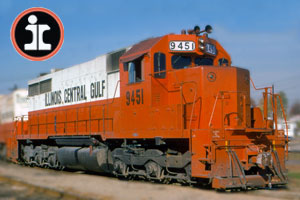
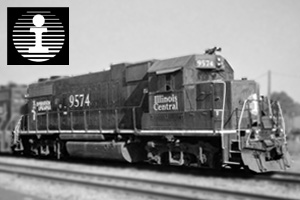

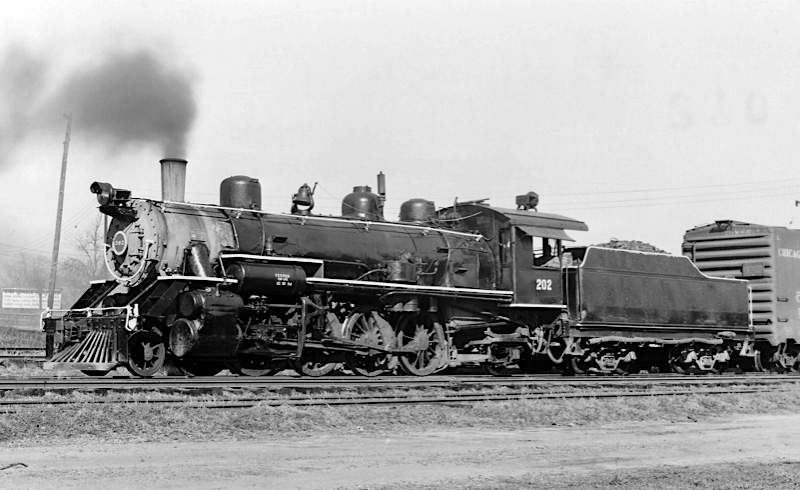

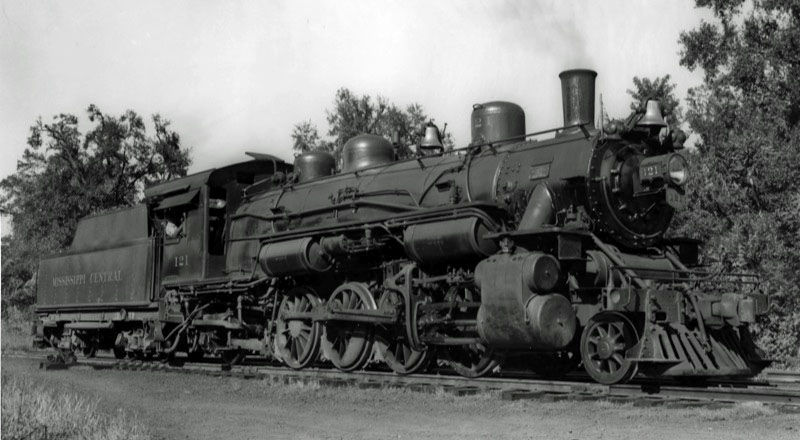
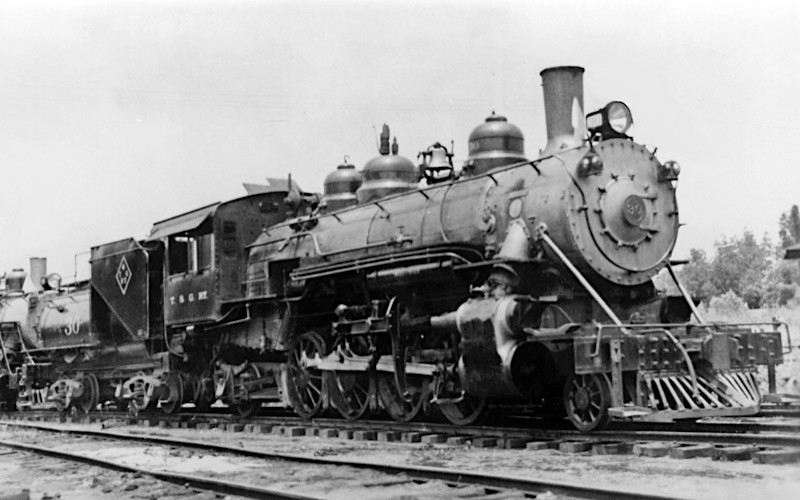
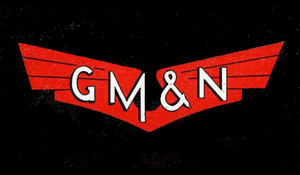

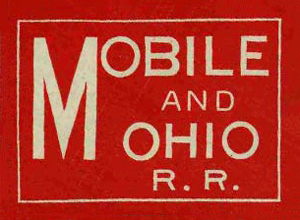

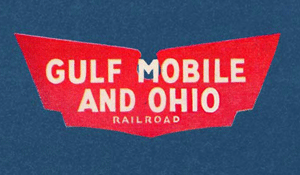
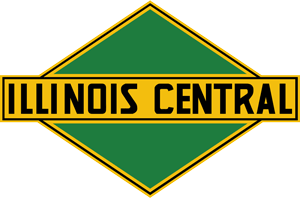





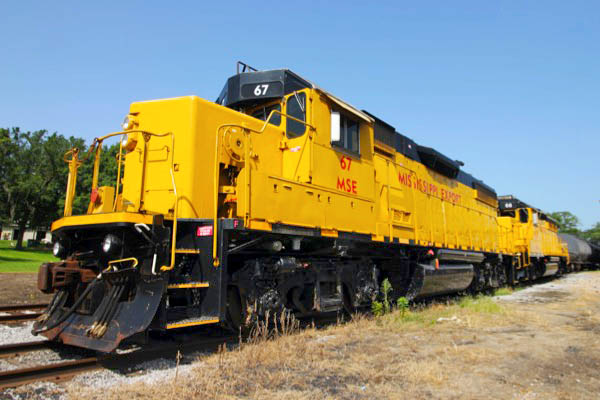
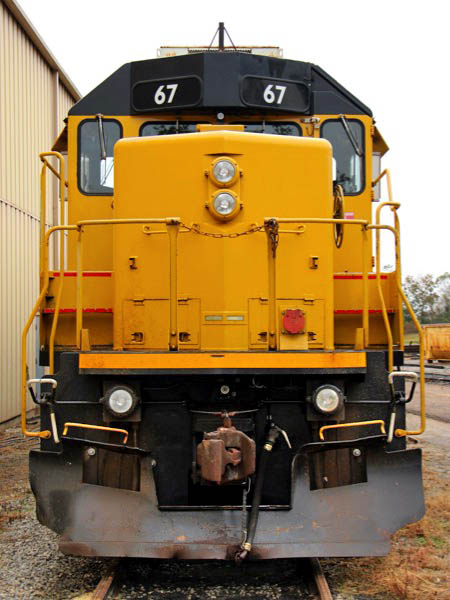

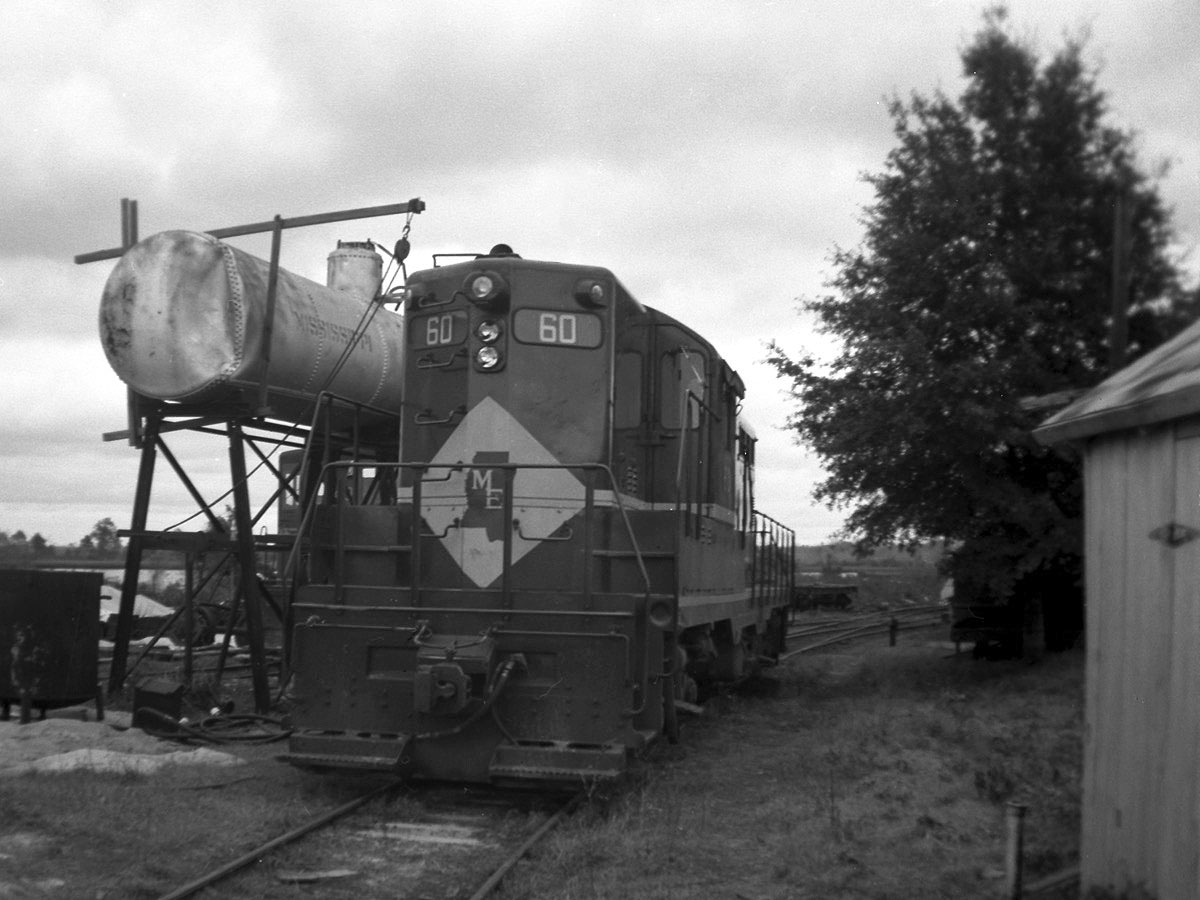

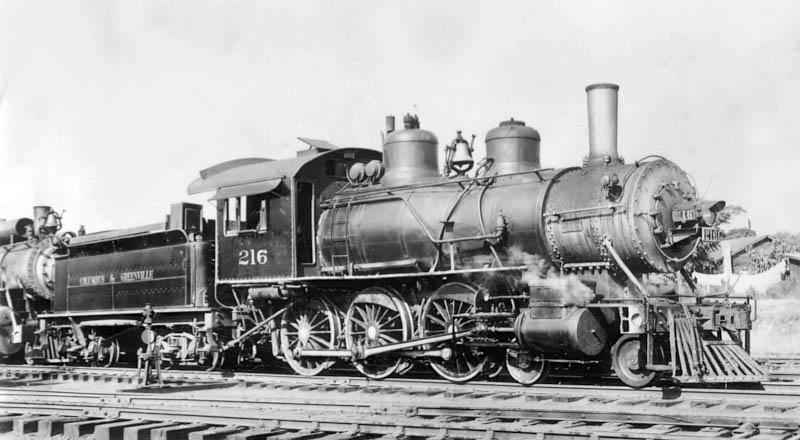
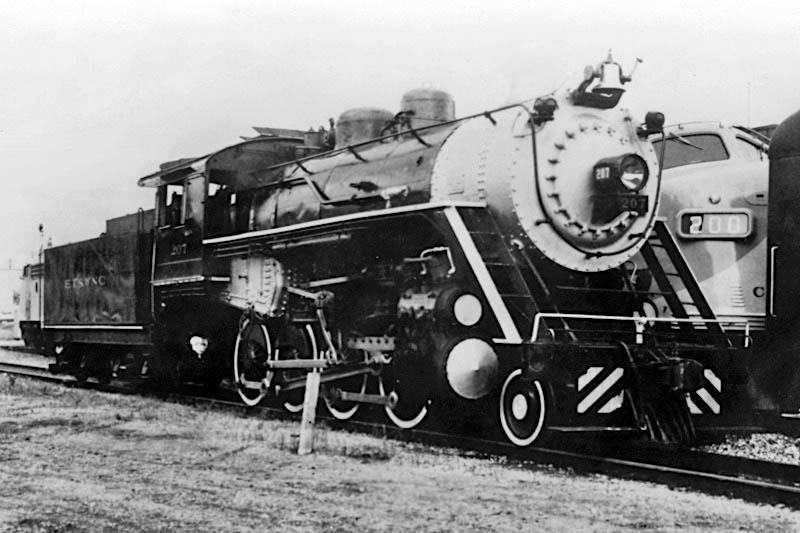
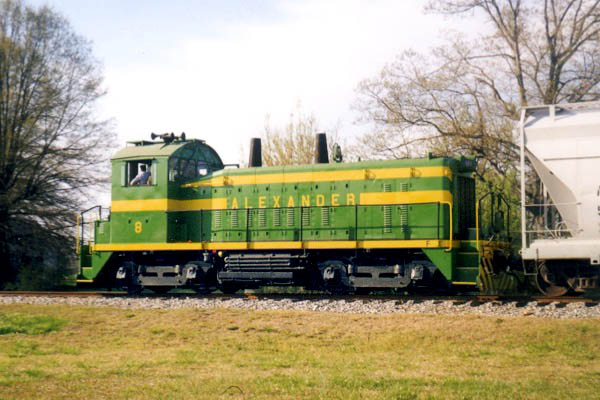

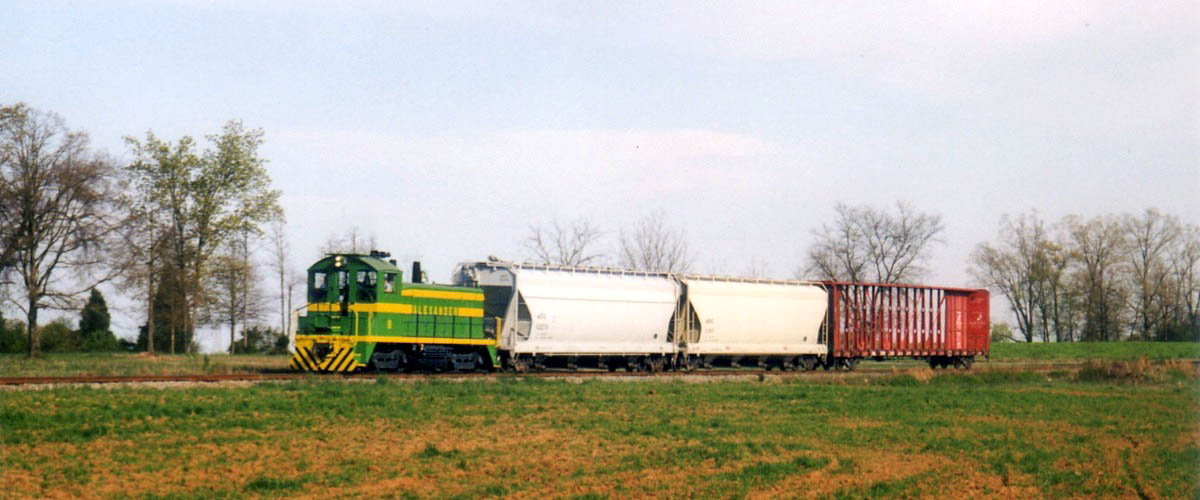

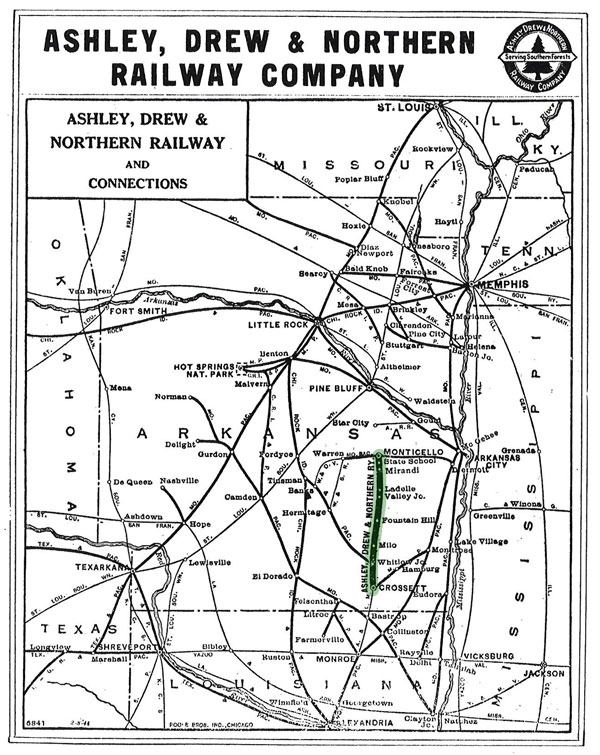
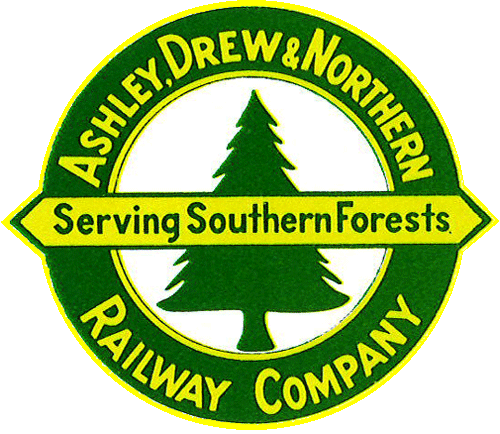
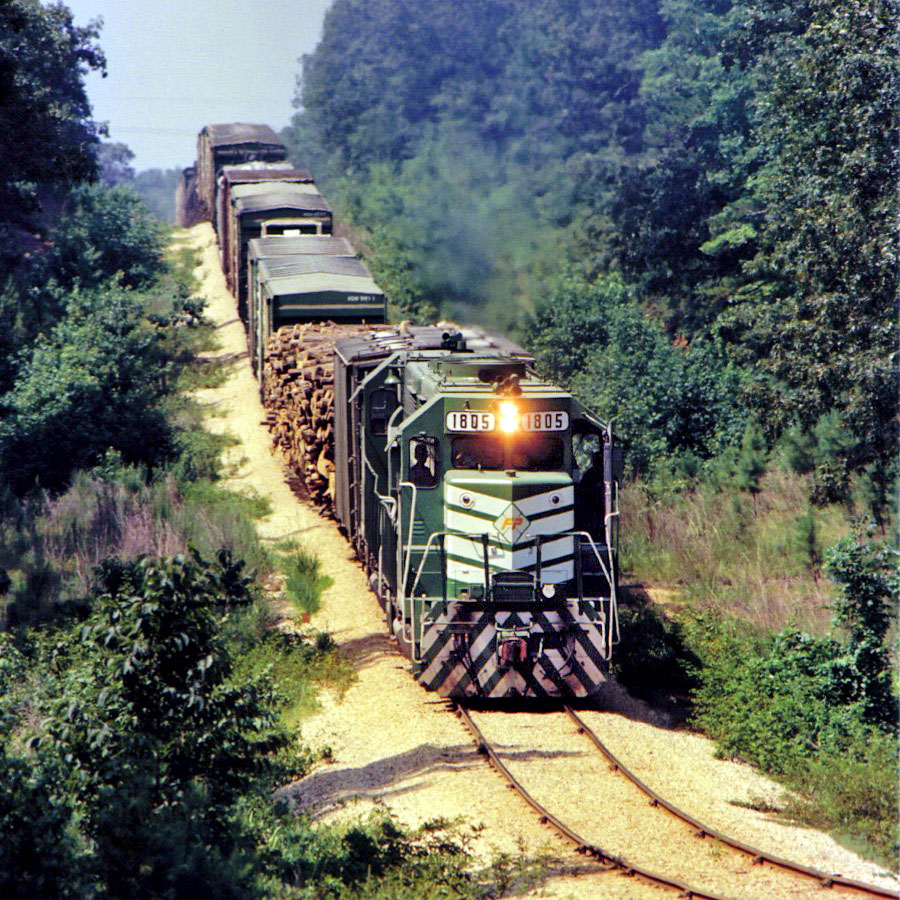

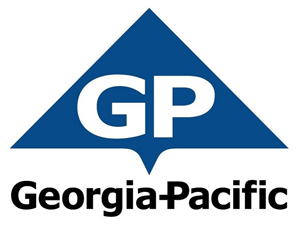

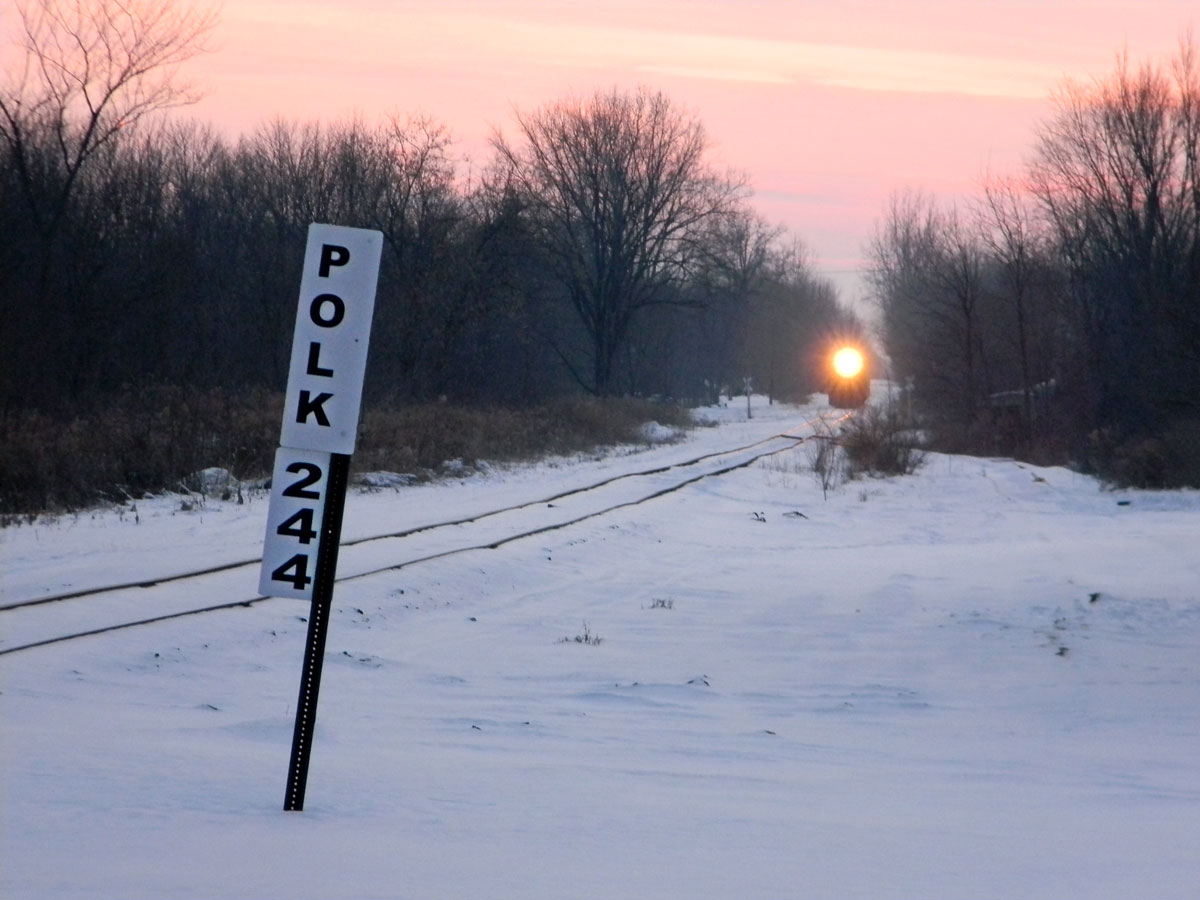
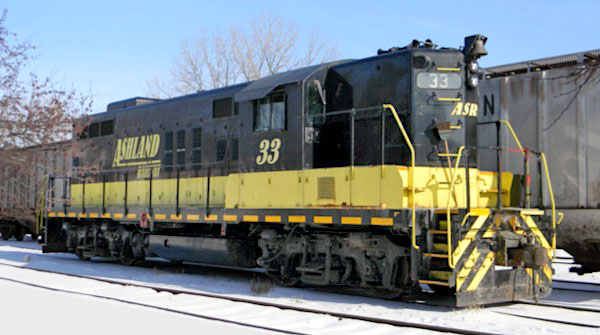
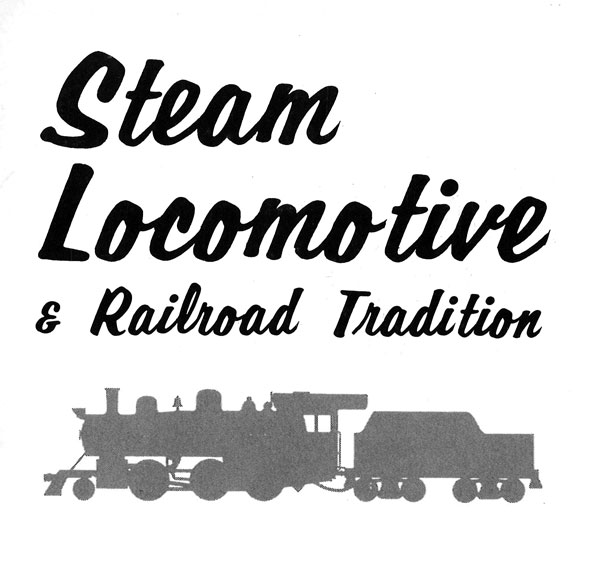
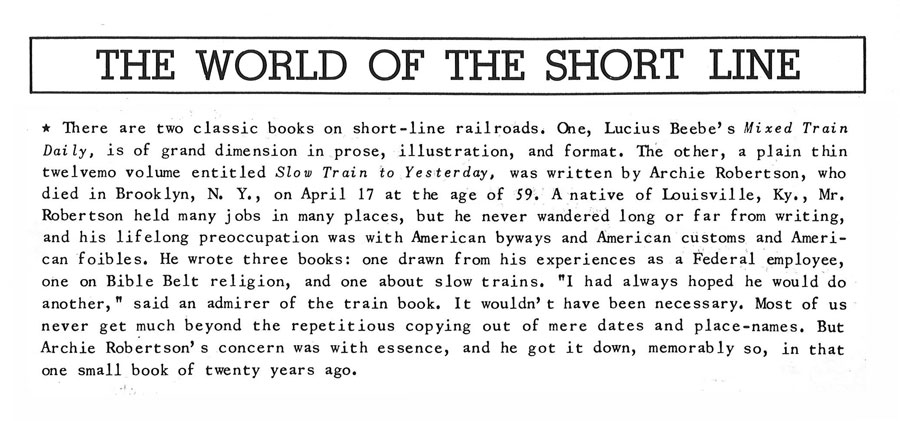
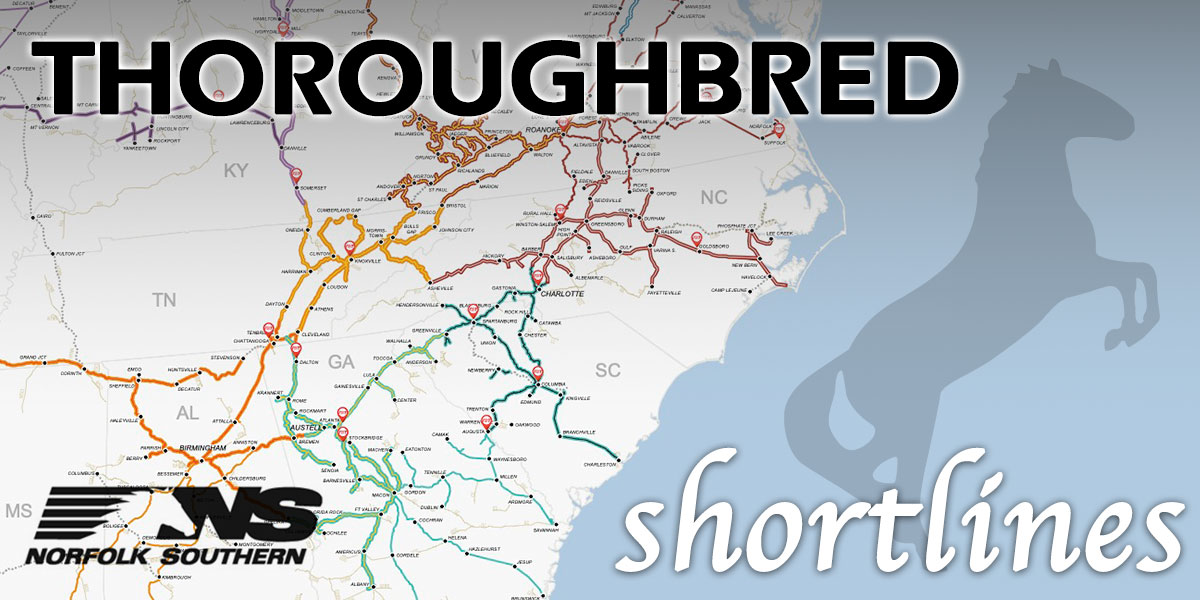
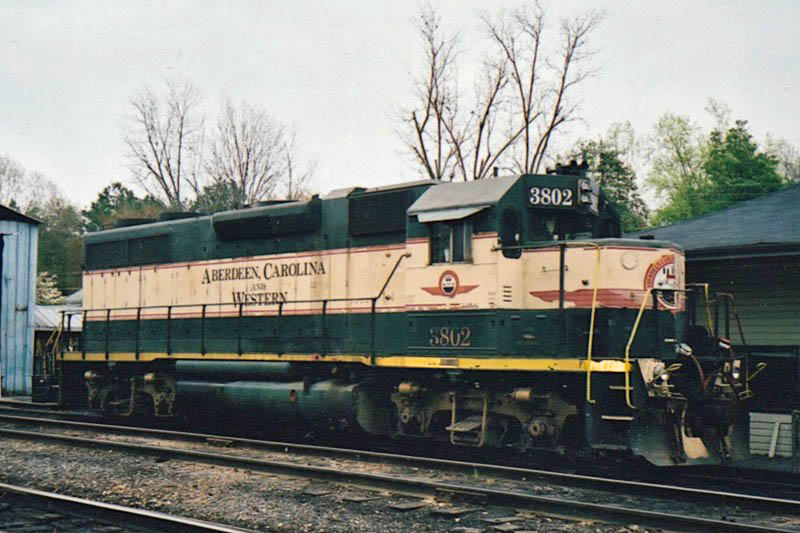
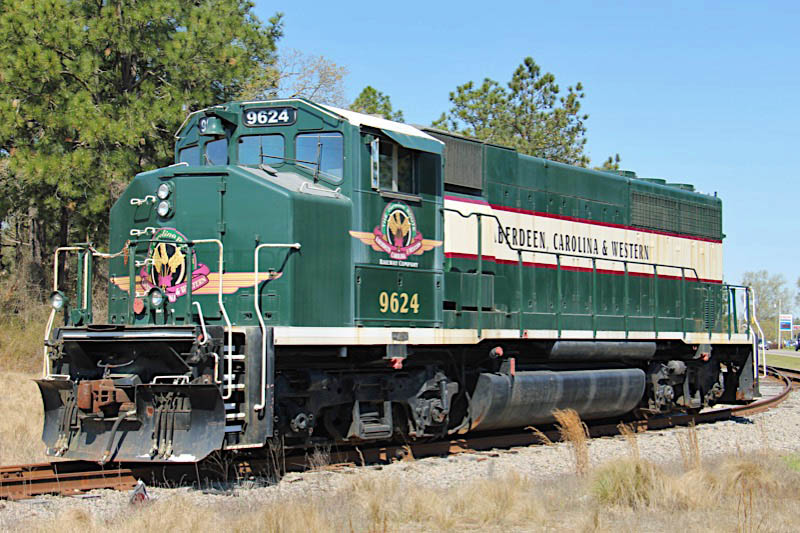
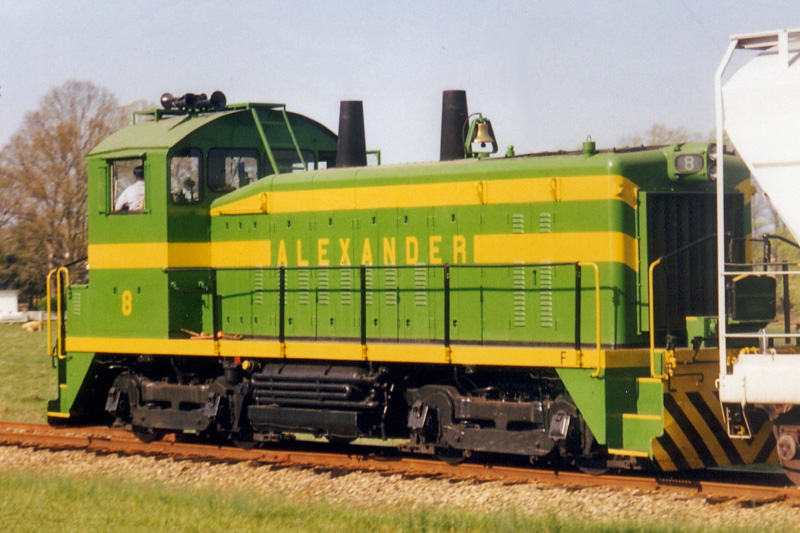
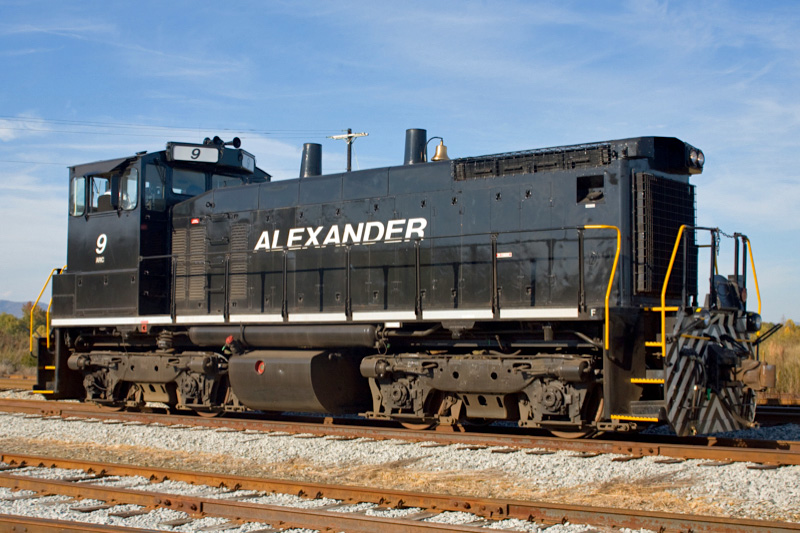
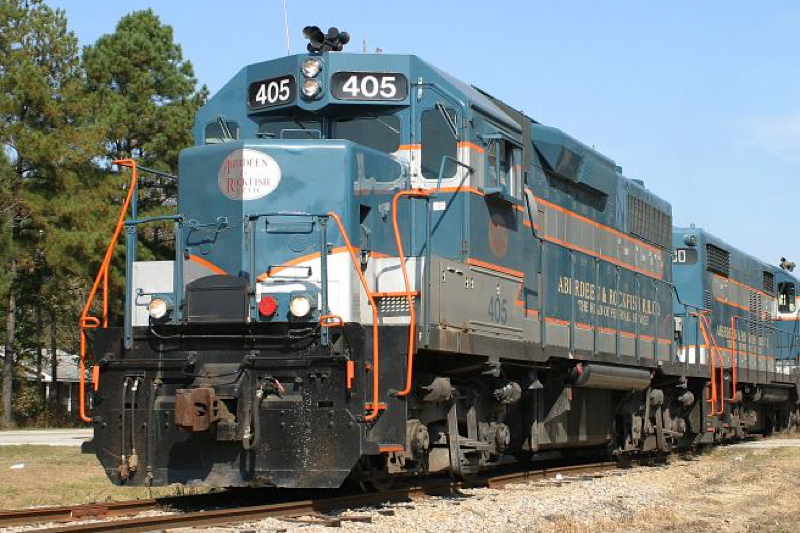
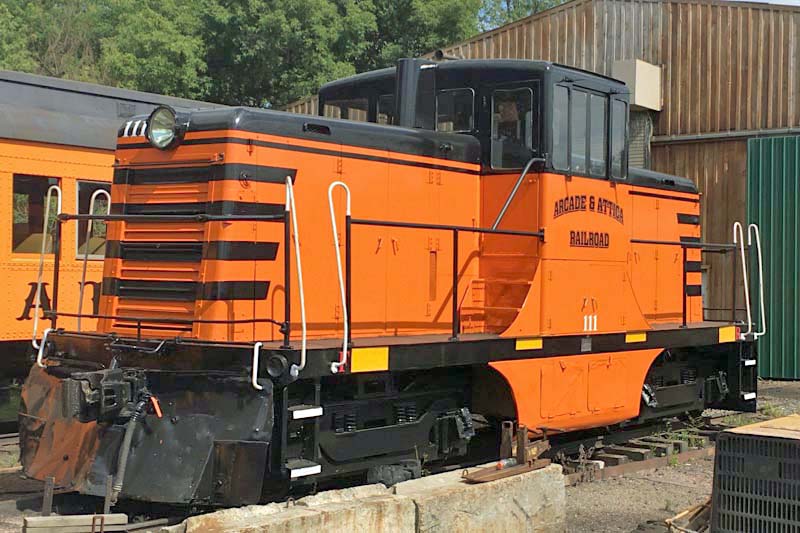
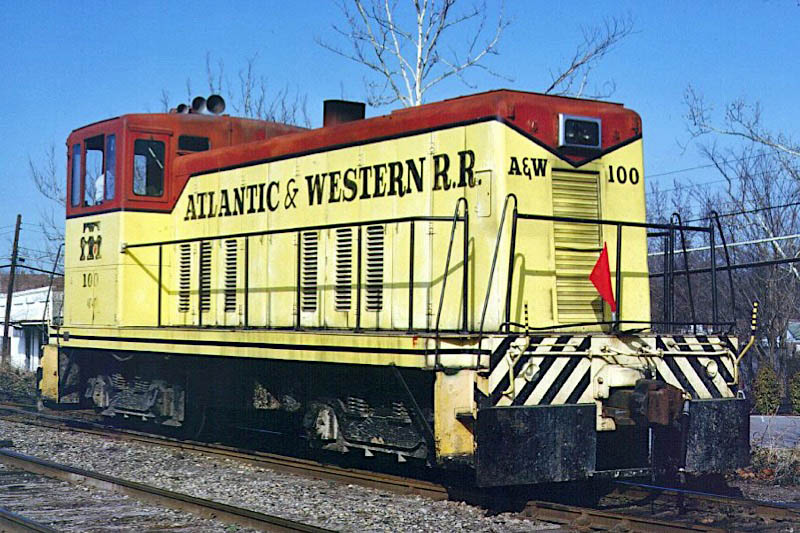
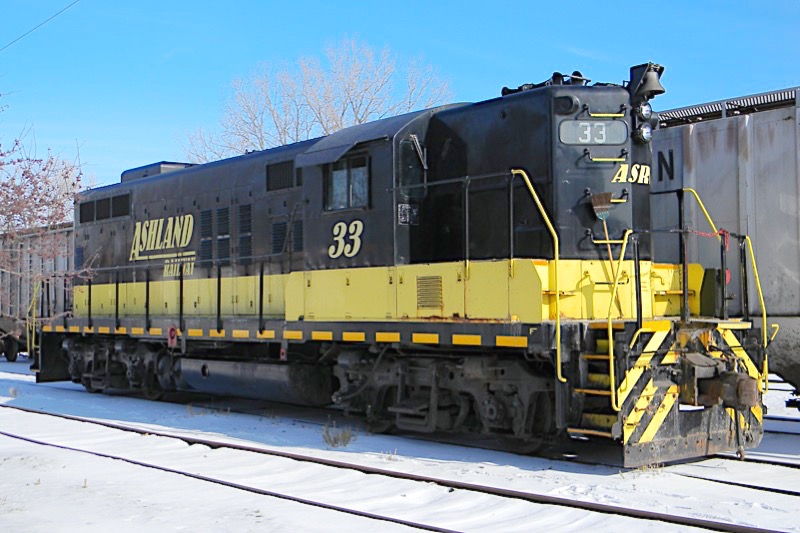
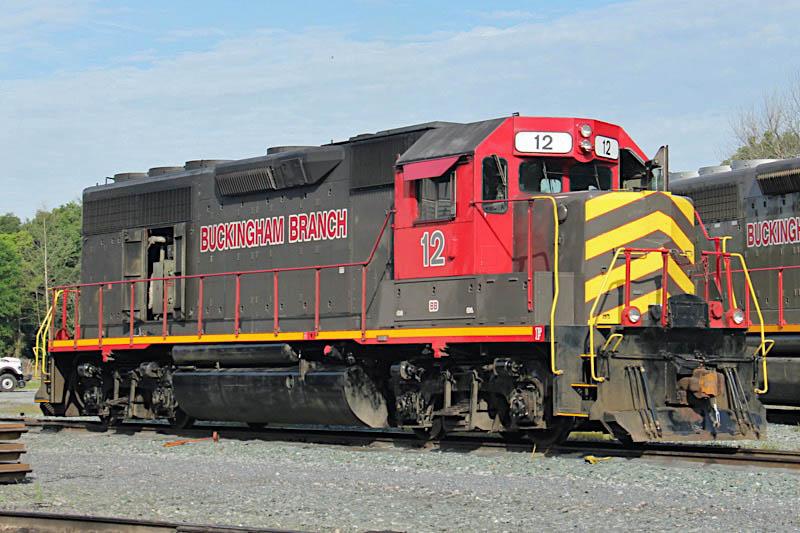
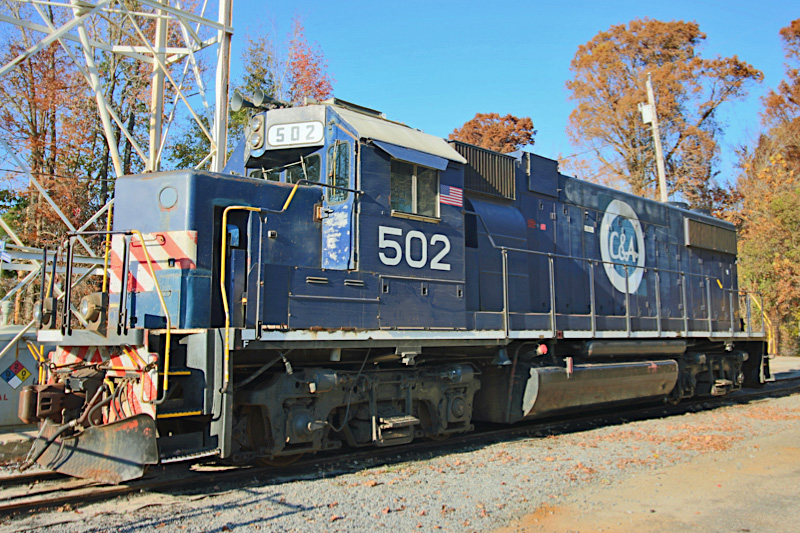
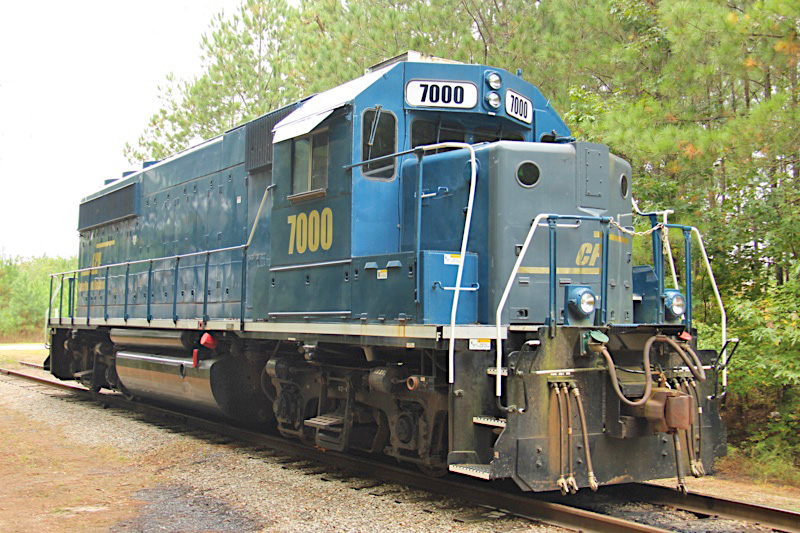
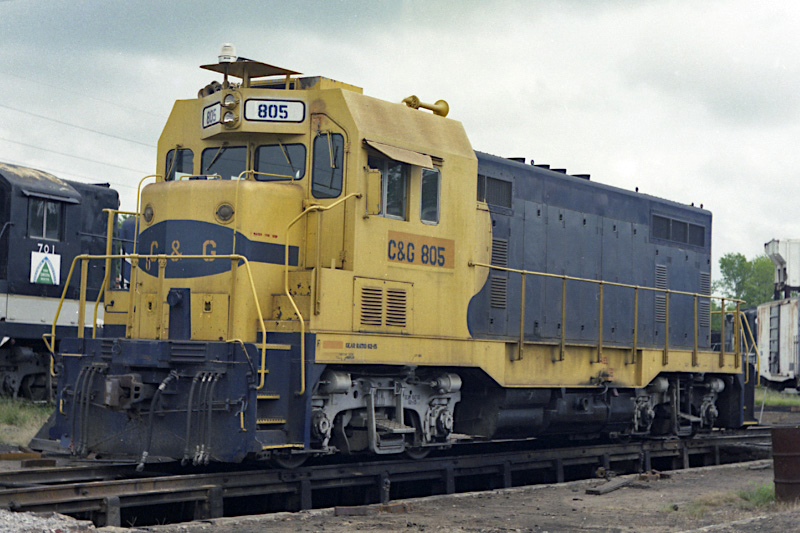
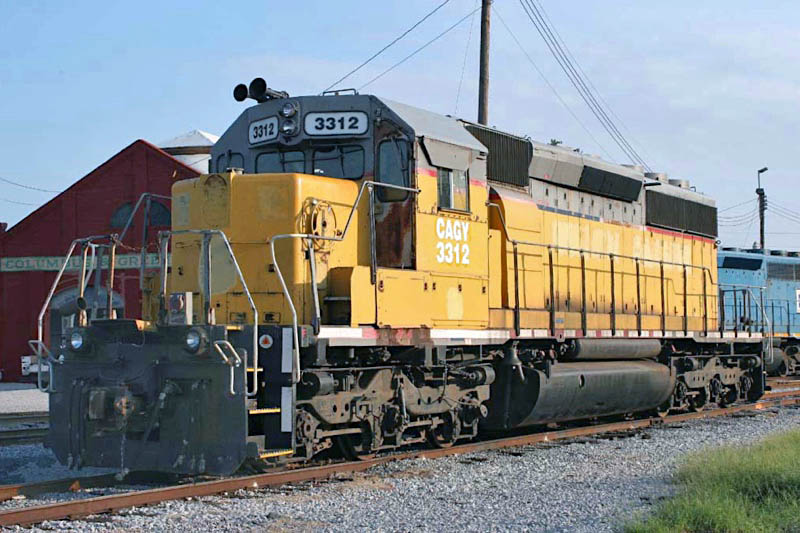

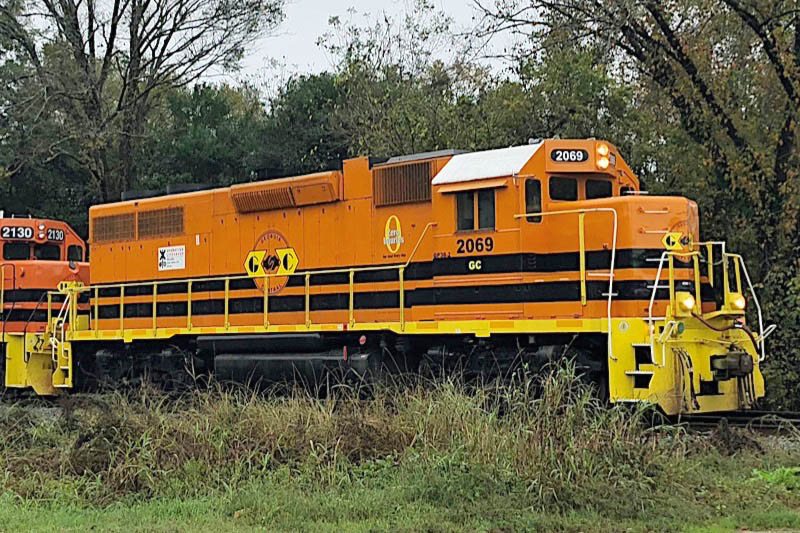

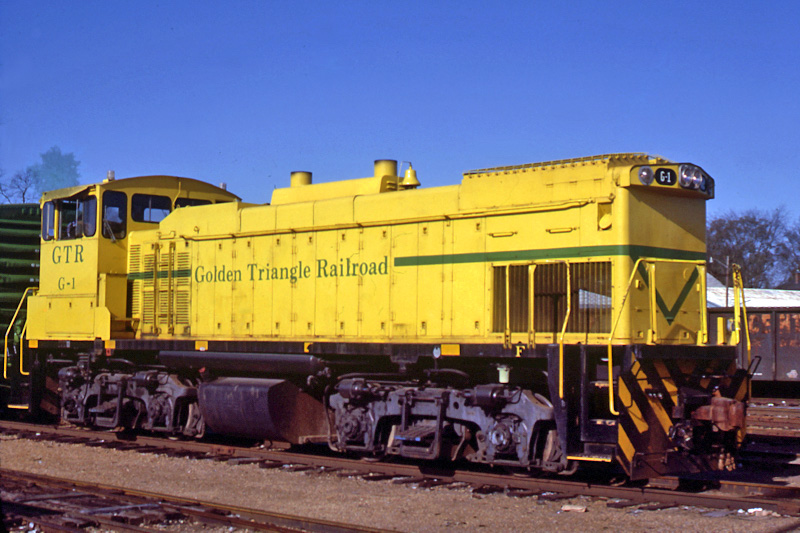
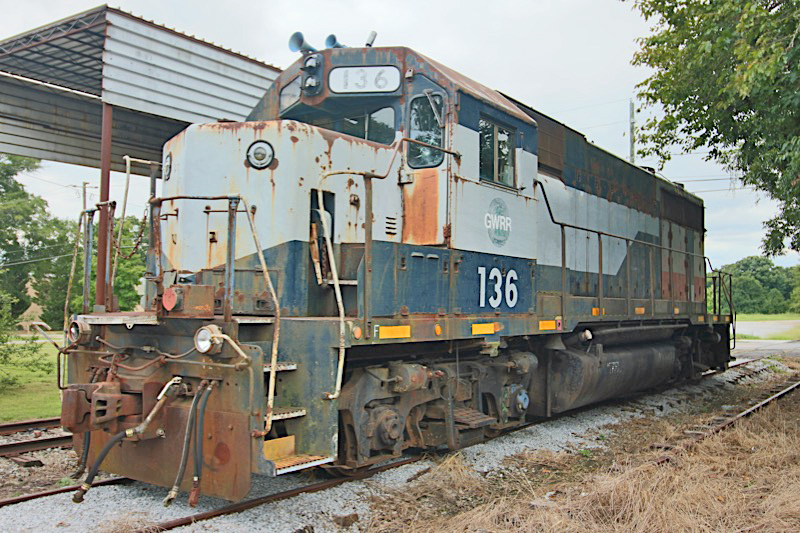
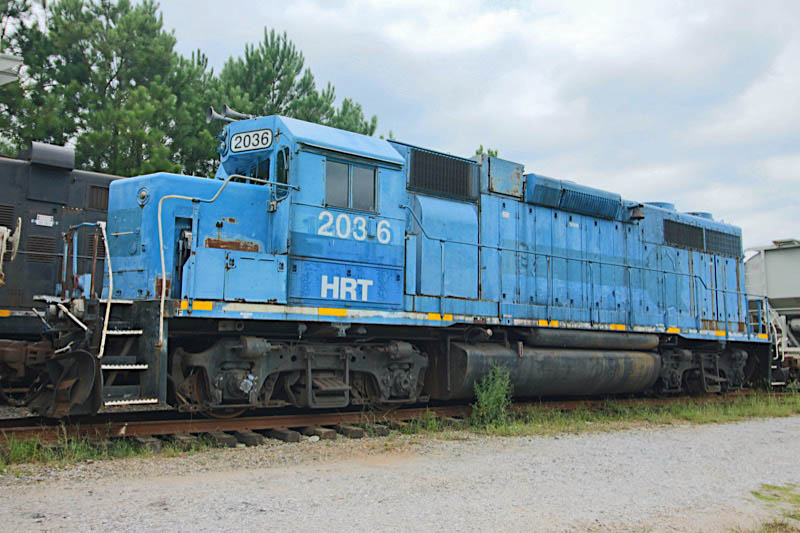
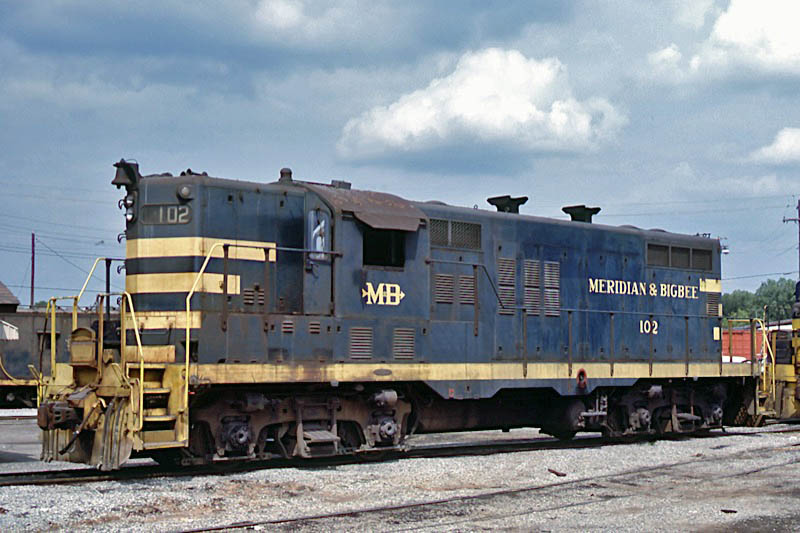

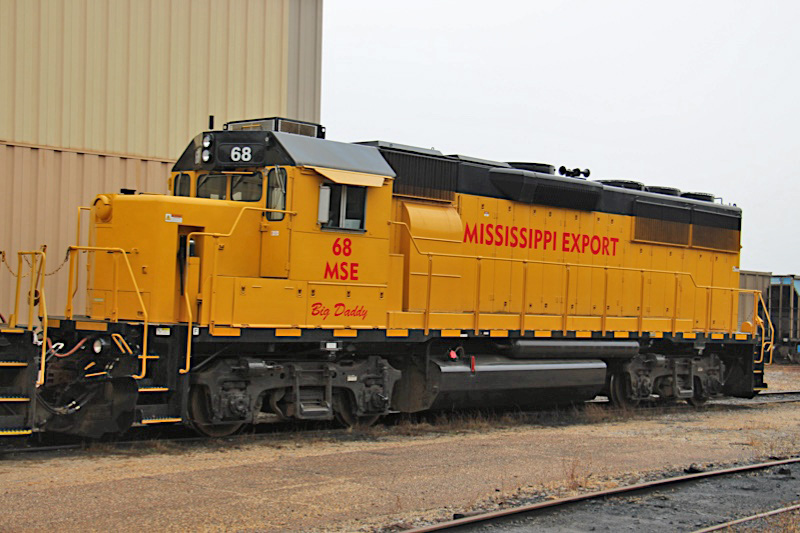
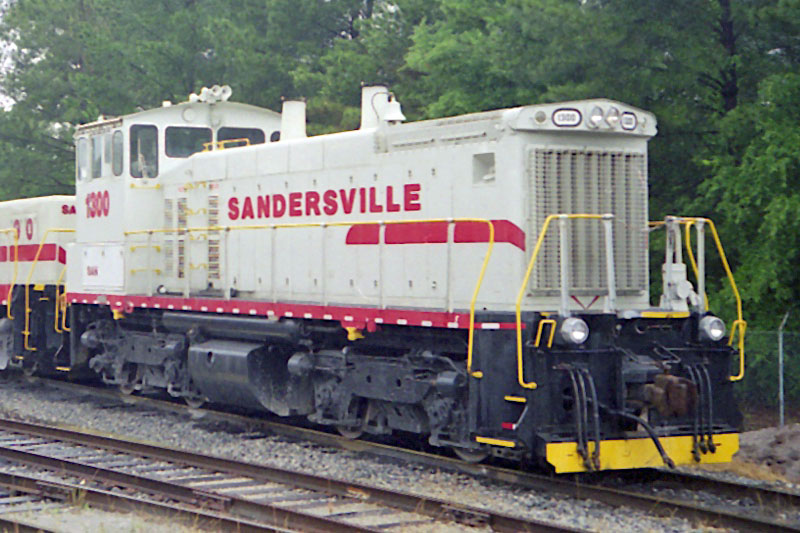
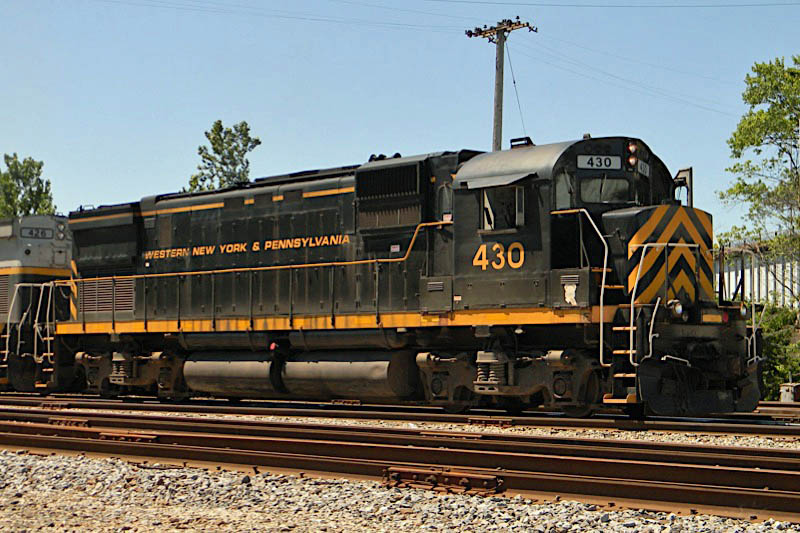
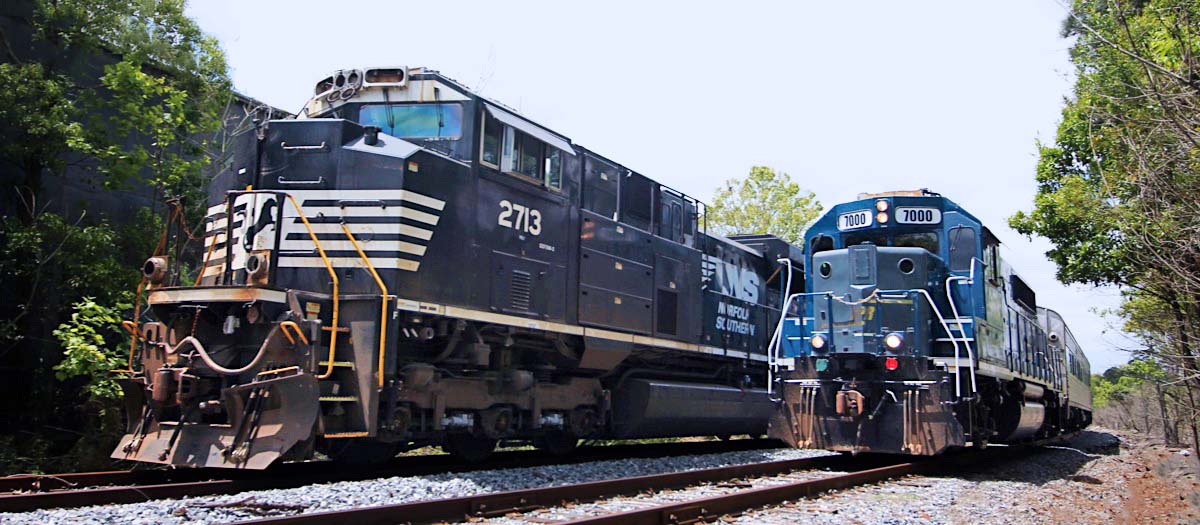
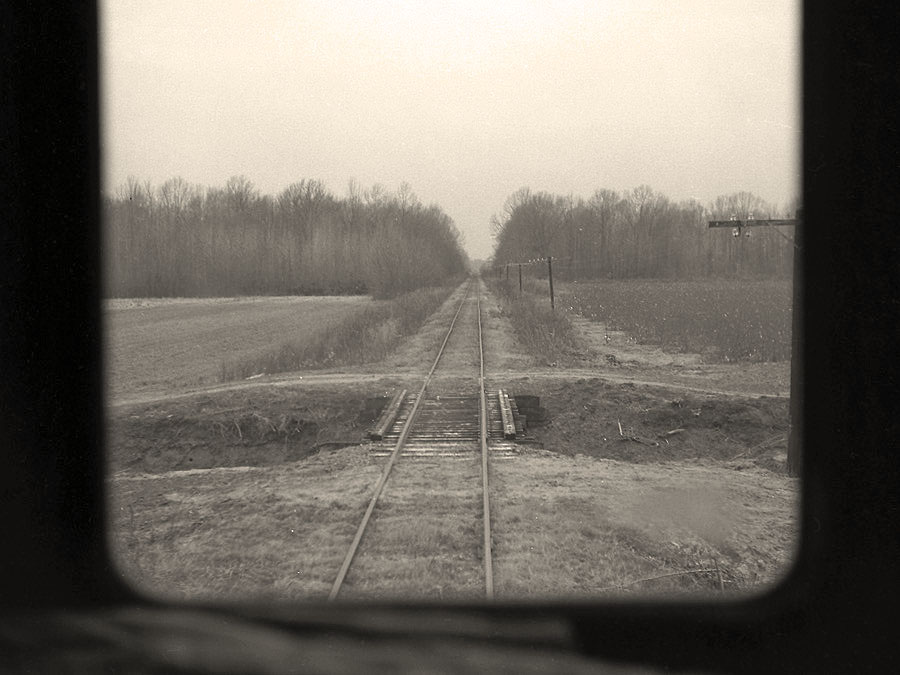


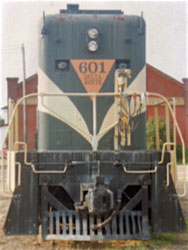
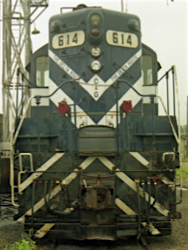
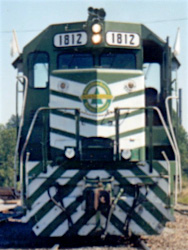
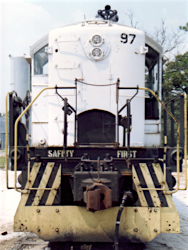
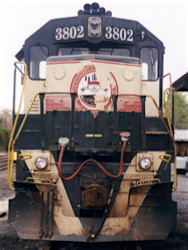

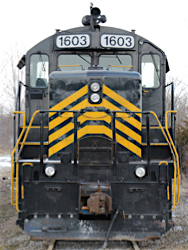
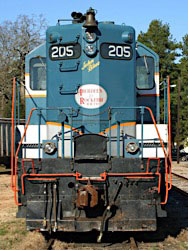
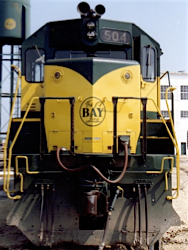
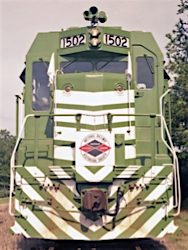
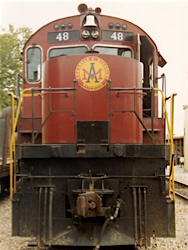
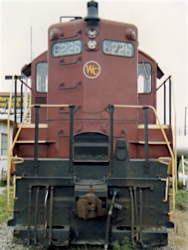
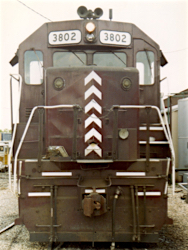
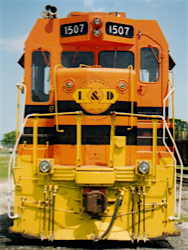
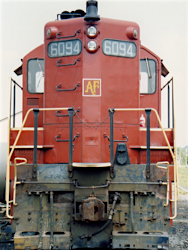


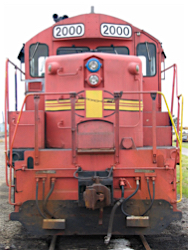

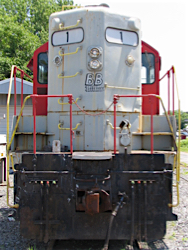

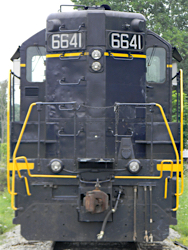
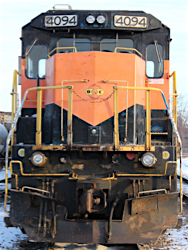

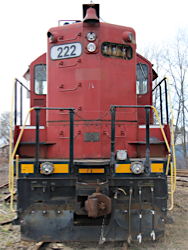
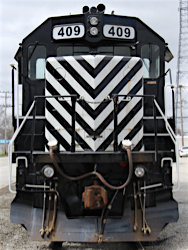
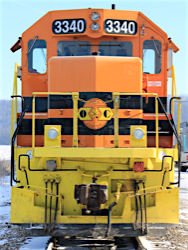
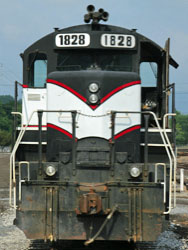
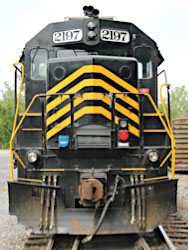
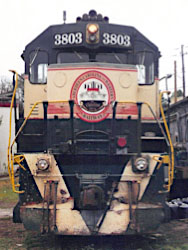
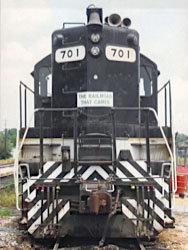
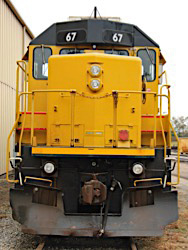

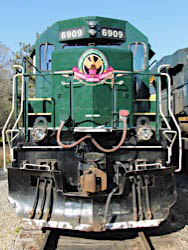
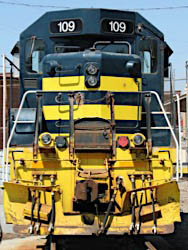
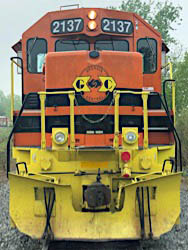
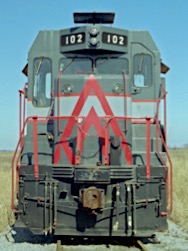
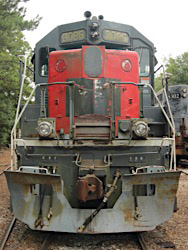
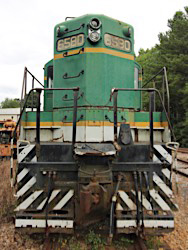
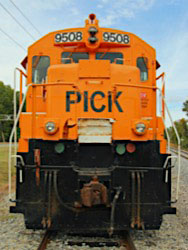
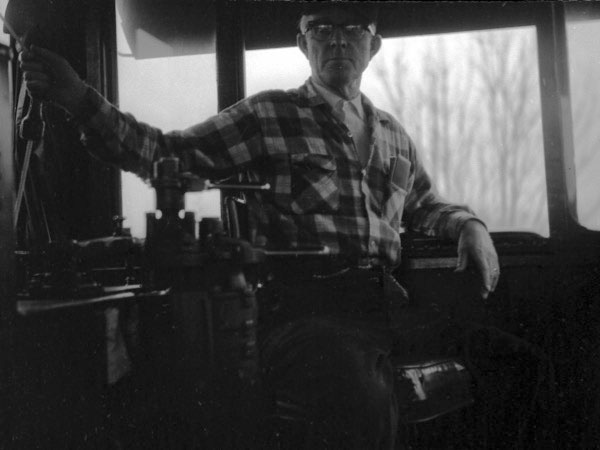 Inventiveness came second nature to men who operated neglected locomotives. Nearly all of the South's railroaders shared alike in the meeting of life and job with honesty. They worked hard and frequently long. They knew what it was to laugh with themselves, at themselves, and at their locomotives. Laughter proved a satisfying emotion. The men spent lifetimes on the railroad enjoying it. Most of these railroaders worked unheralded. They lived on hayseed farms and in hick towns, but no matter. It was home. It was a home with ham and chicken in the center of the table and a blessing on the side. The head of the family, were he a trainman, may have missed full schooling, but he usually made up for it with ingenuity and geniality. He was, to those around him, as much a hero as one of the South's greatest — Casey Jones. The people would hear of Illinois Central's Casey, but they knew the unfabled man who rode the tracks beside their homesteads.
Inventiveness came second nature to men who operated neglected locomotives. Nearly all of the South's railroaders shared alike in the meeting of life and job with honesty. They worked hard and frequently long. They knew what it was to laugh with themselves, at themselves, and at their locomotives. Laughter proved a satisfying emotion. The men spent lifetimes on the railroad enjoying it. Most of these railroaders worked unheralded. They lived on hayseed farms and in hick towns, but no matter. It was home. It was a home with ham and chicken in the center of the table and a blessing on the side. The head of the family, were he a trainman, may have missed full schooling, but he usually made up for it with ingenuity and geniality. He was, to those around him, as much a hero as one of the South's greatest — Casey Jones. The people would hear of Illinois Central's Casey, but they knew the unfabled man who rode the tracks beside their homesteads.